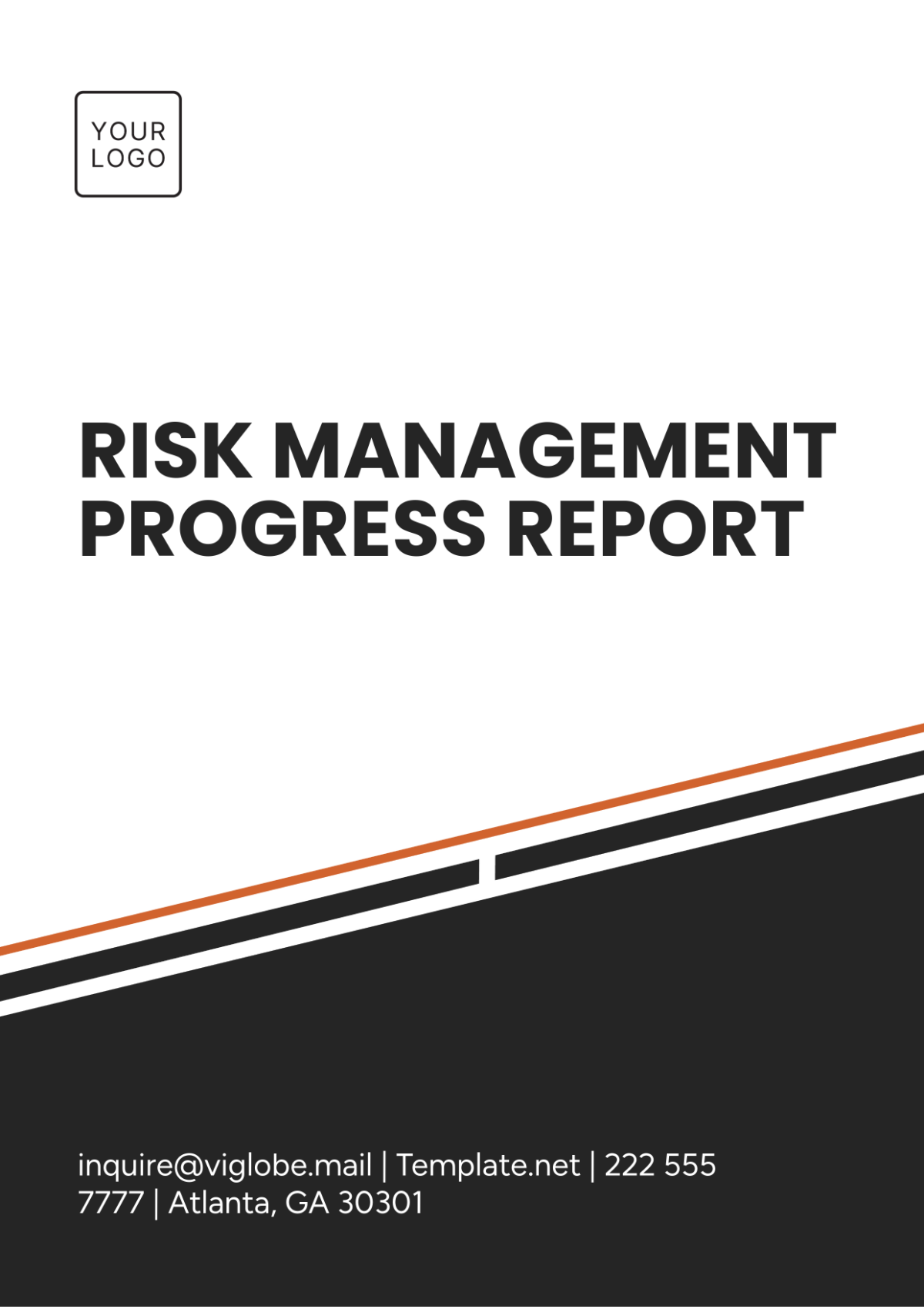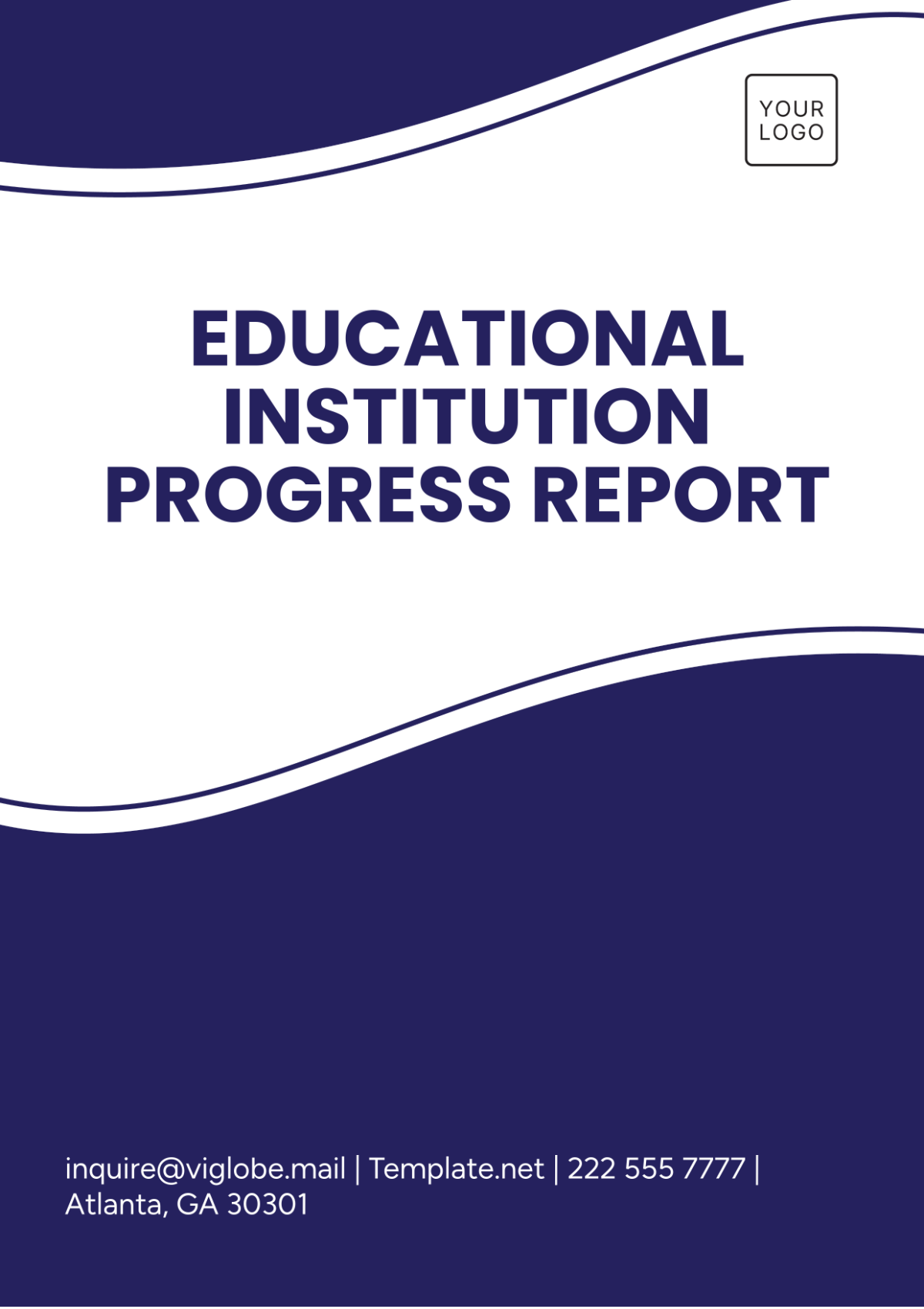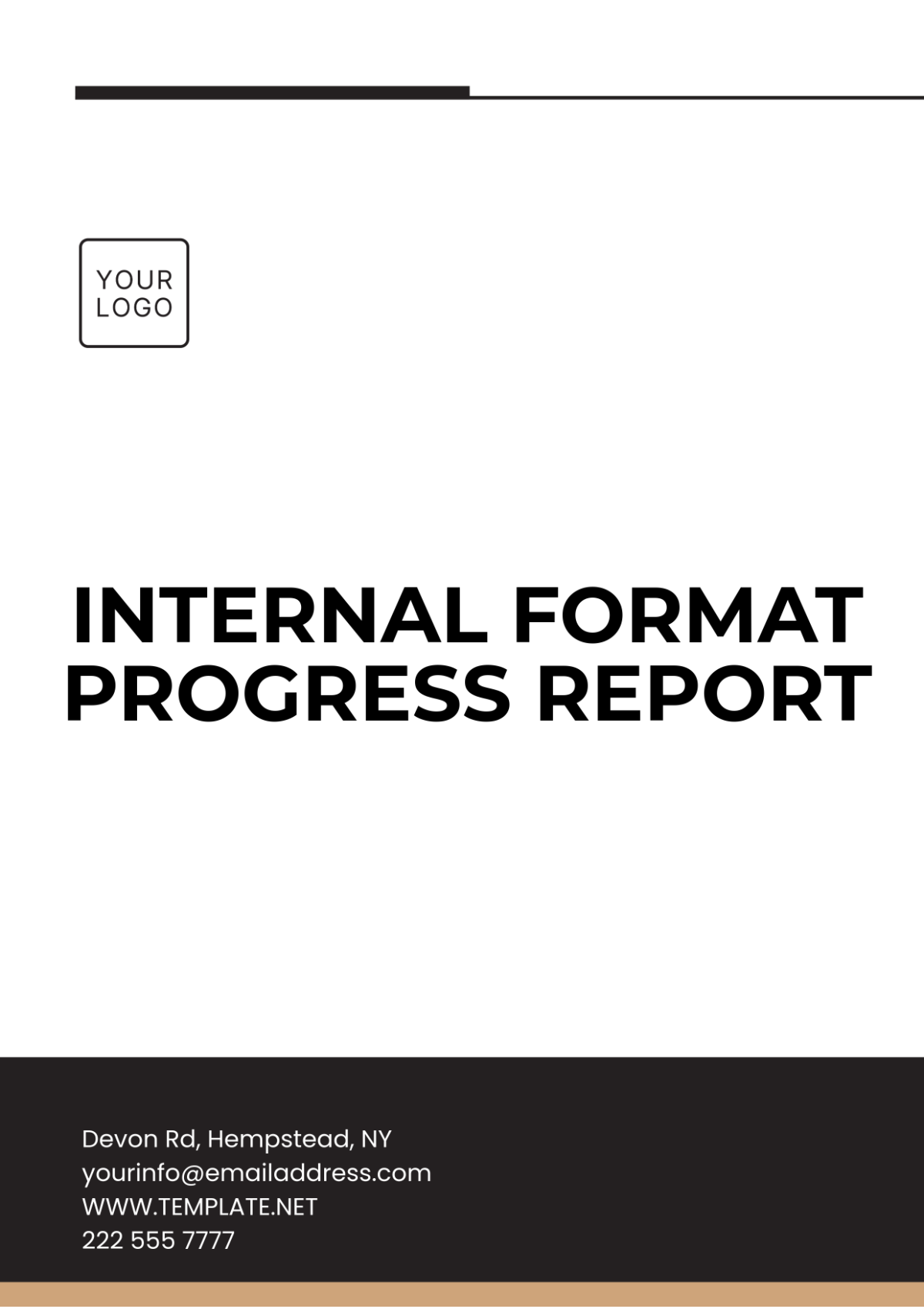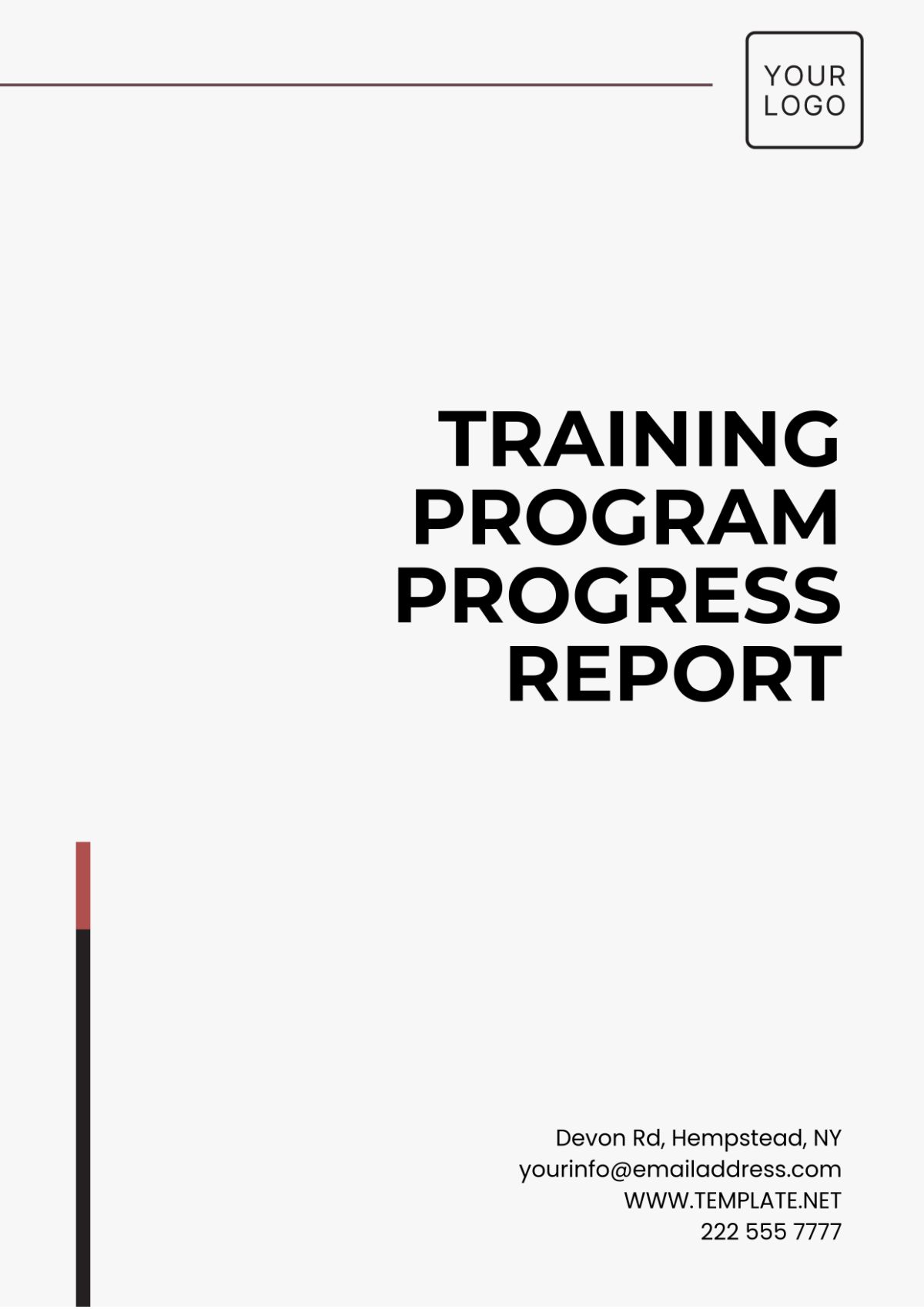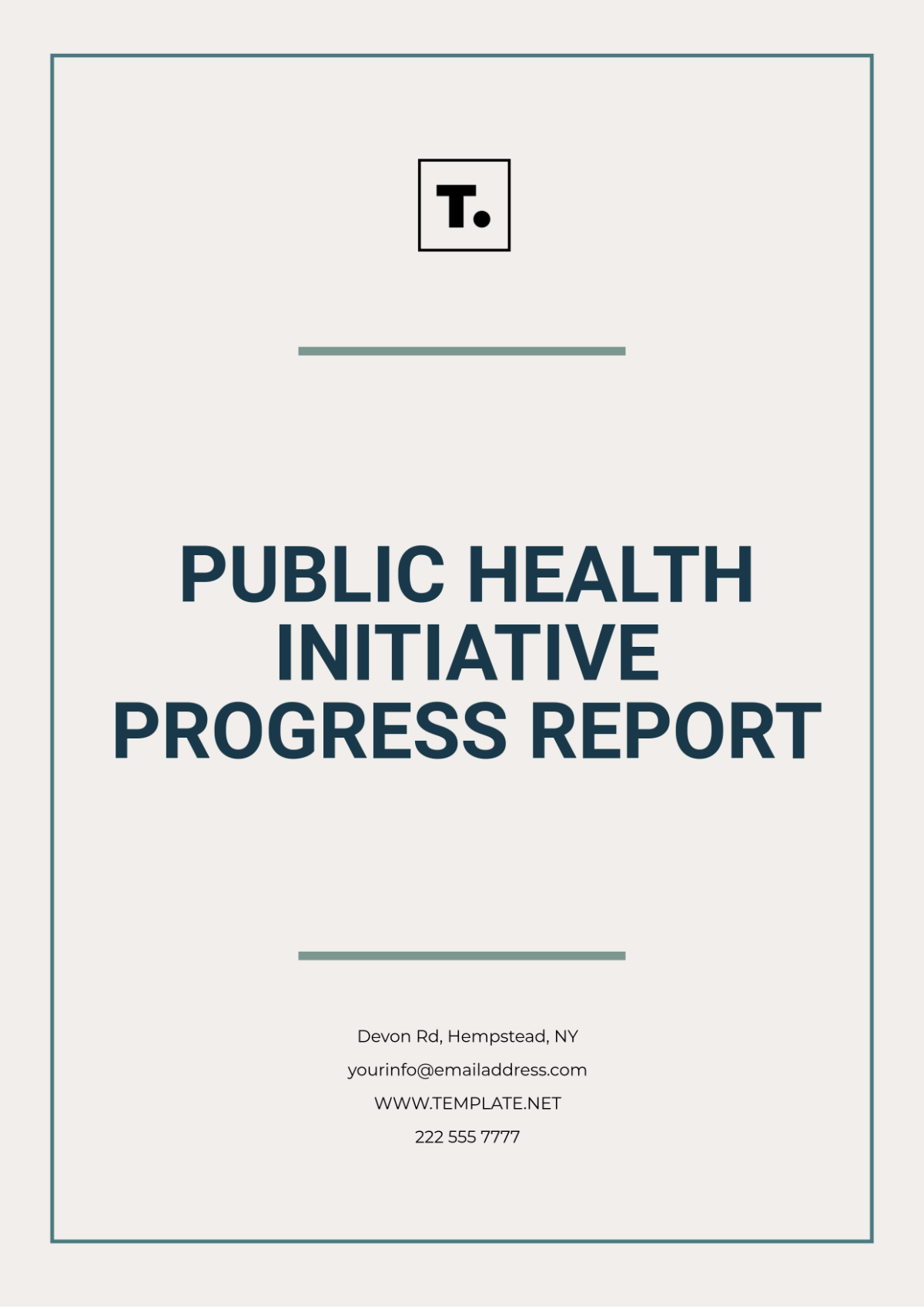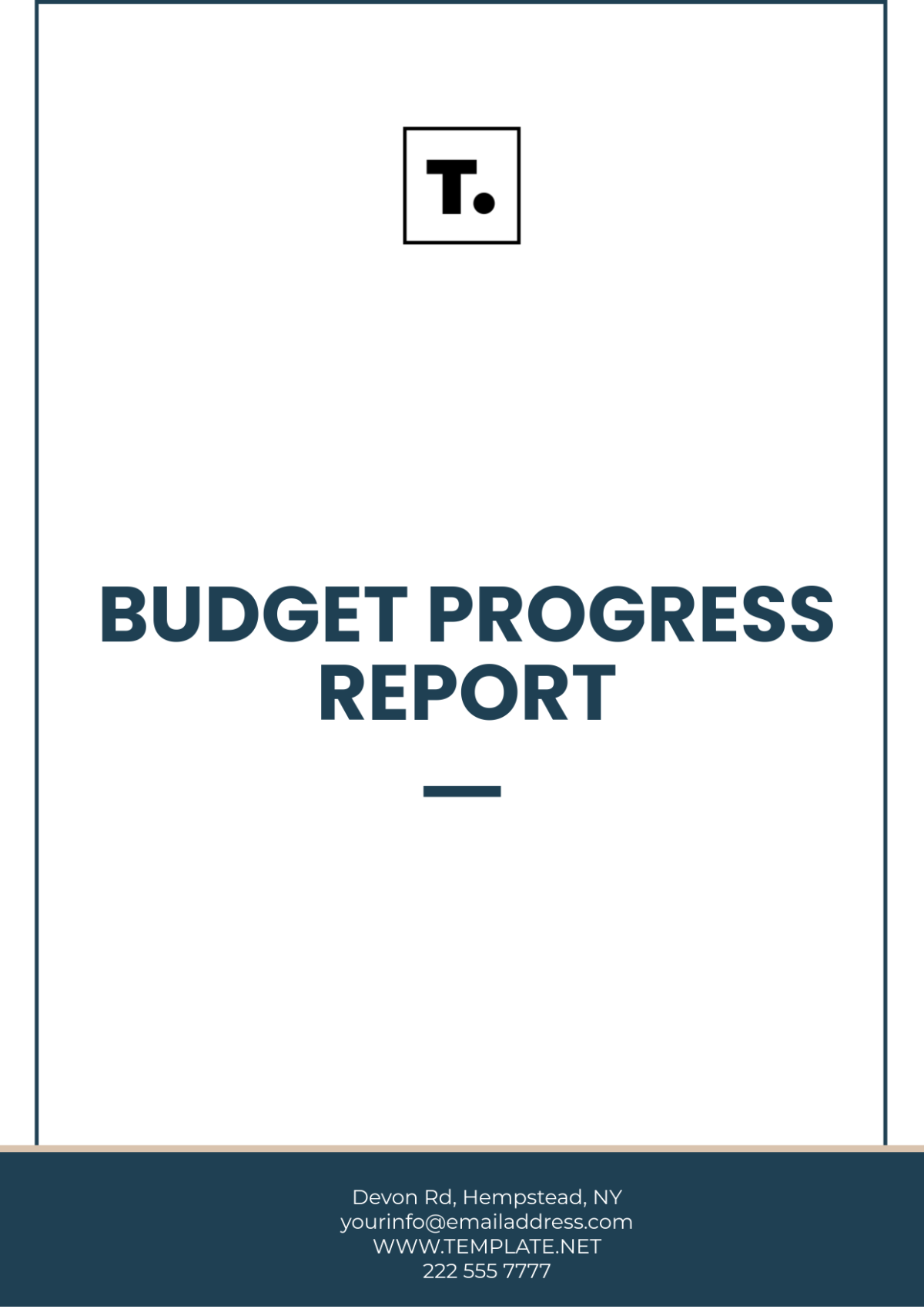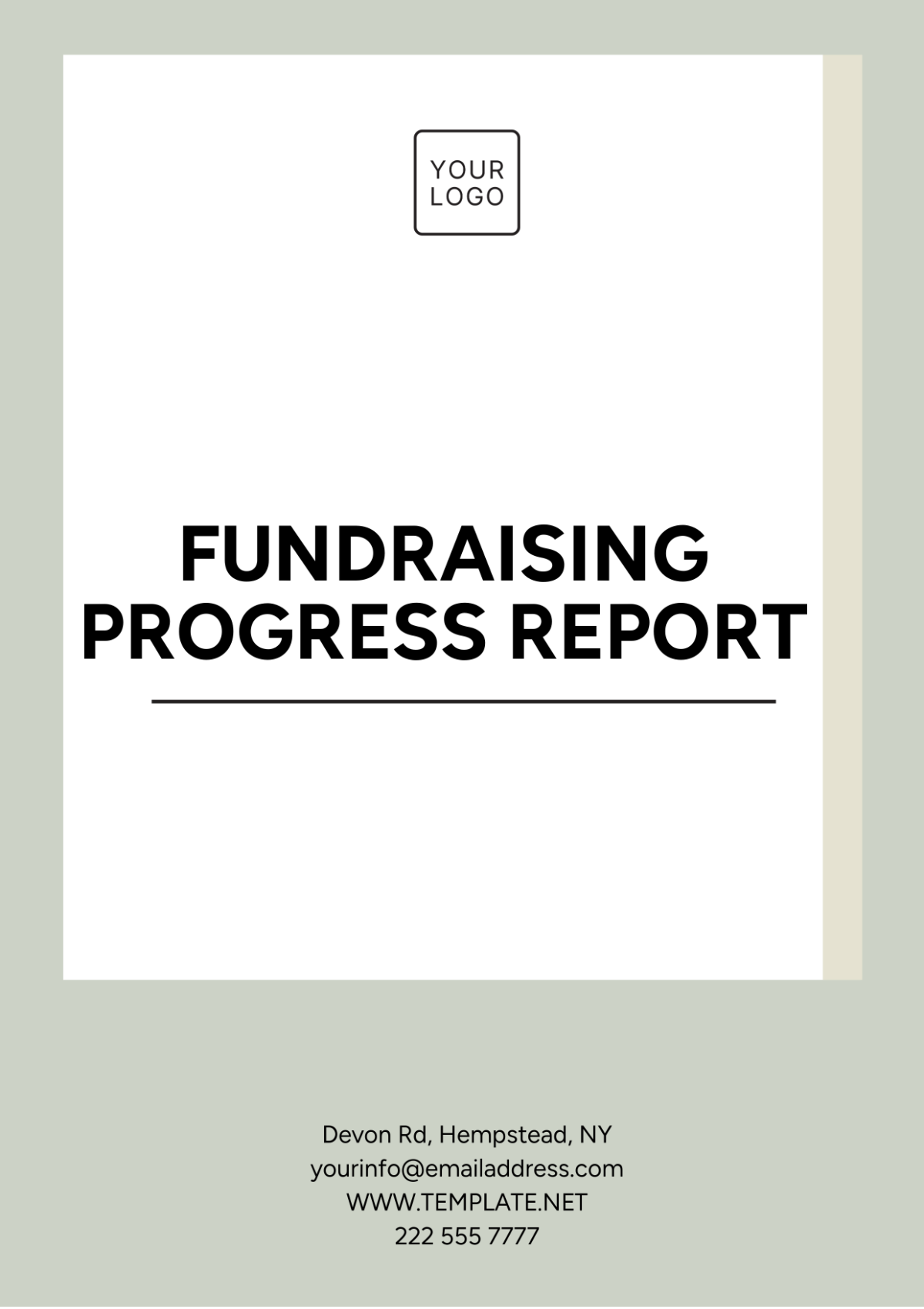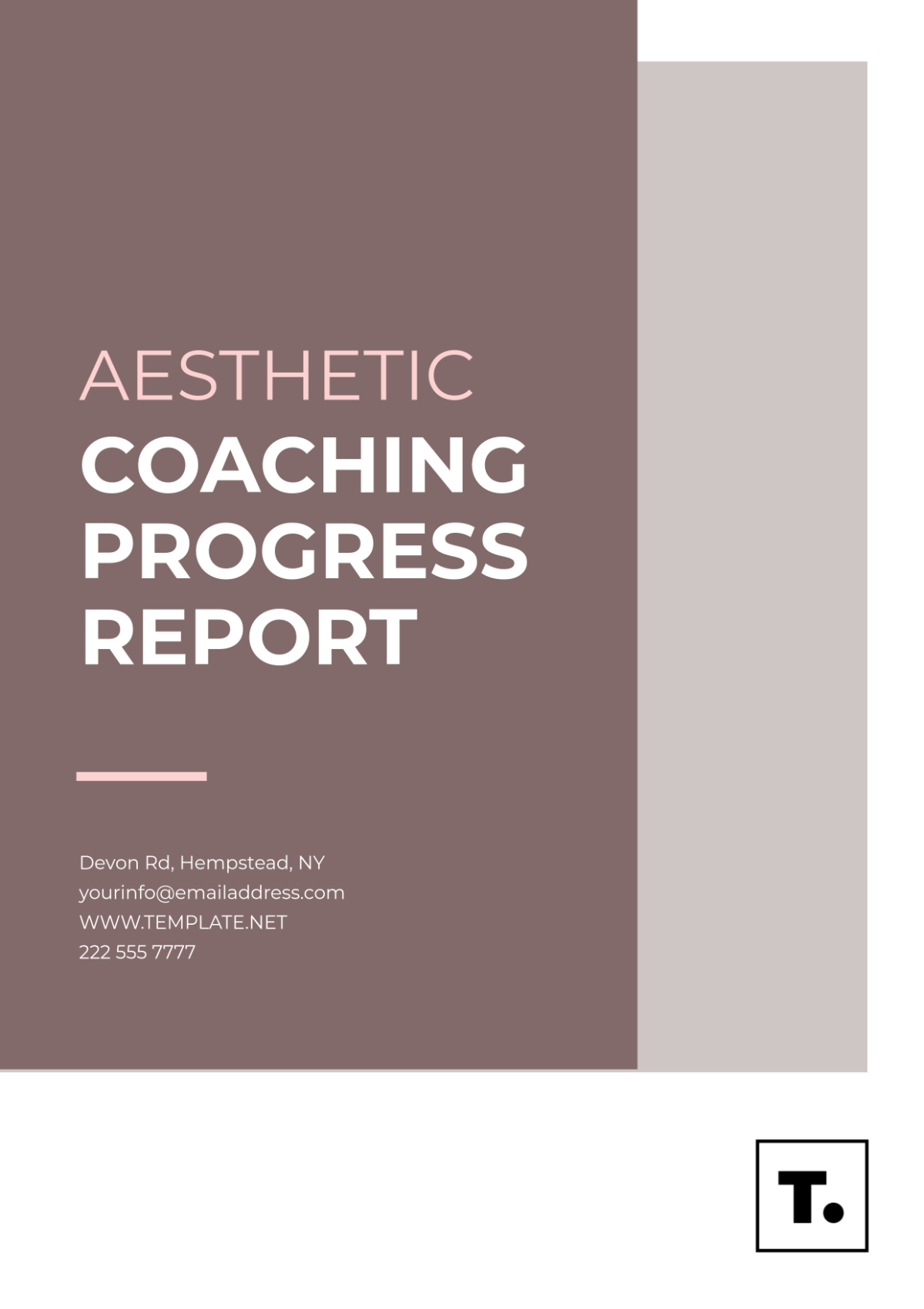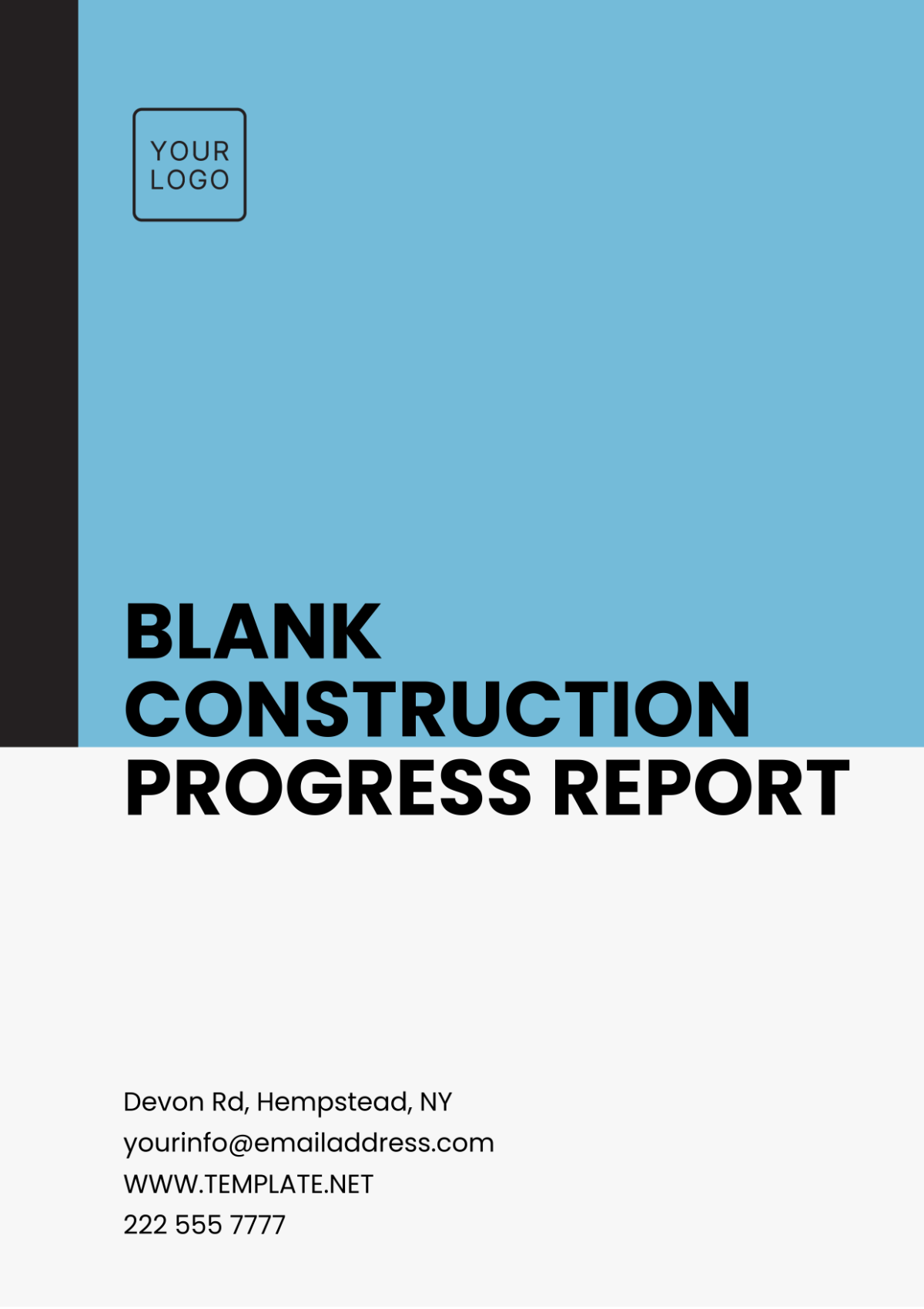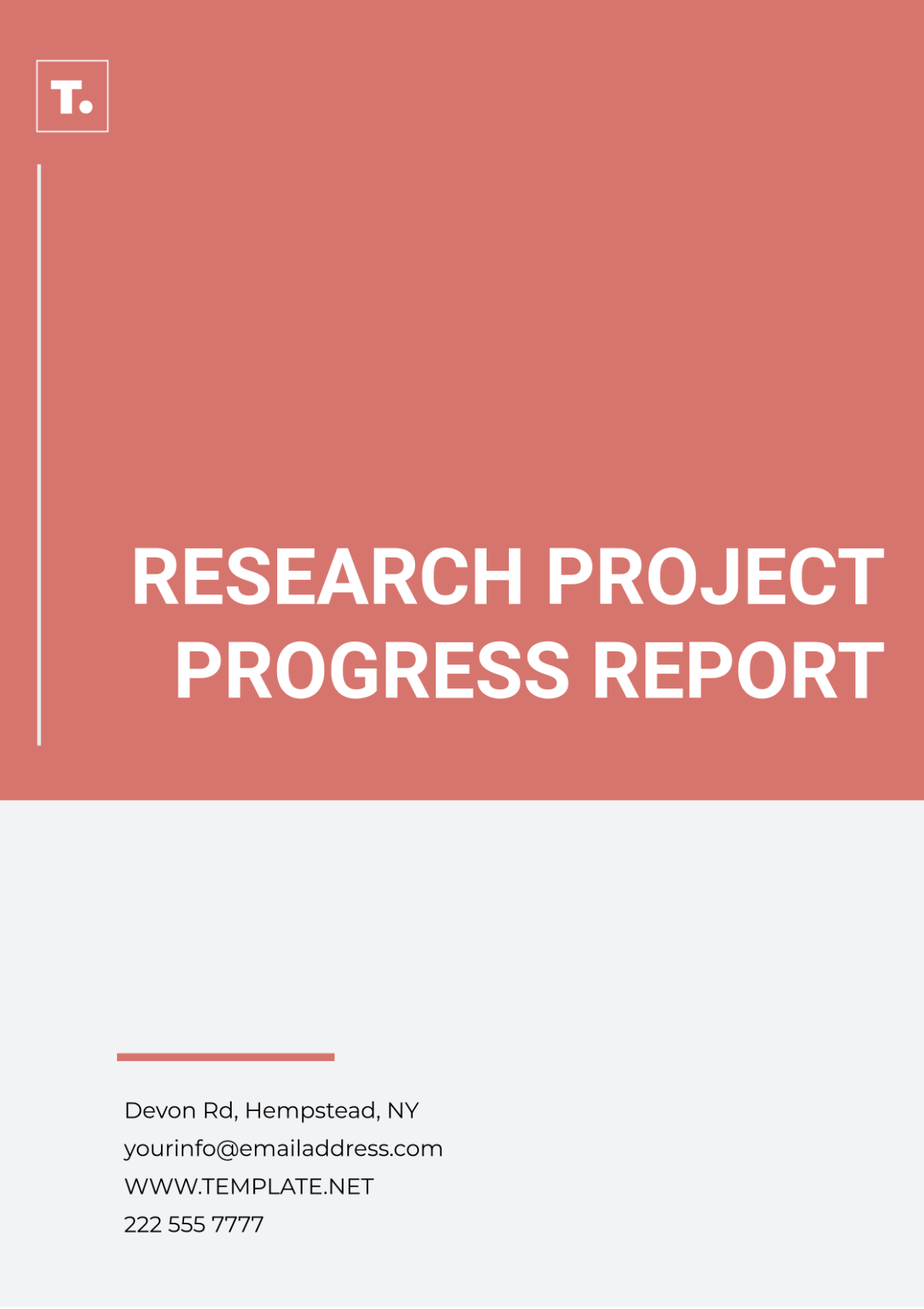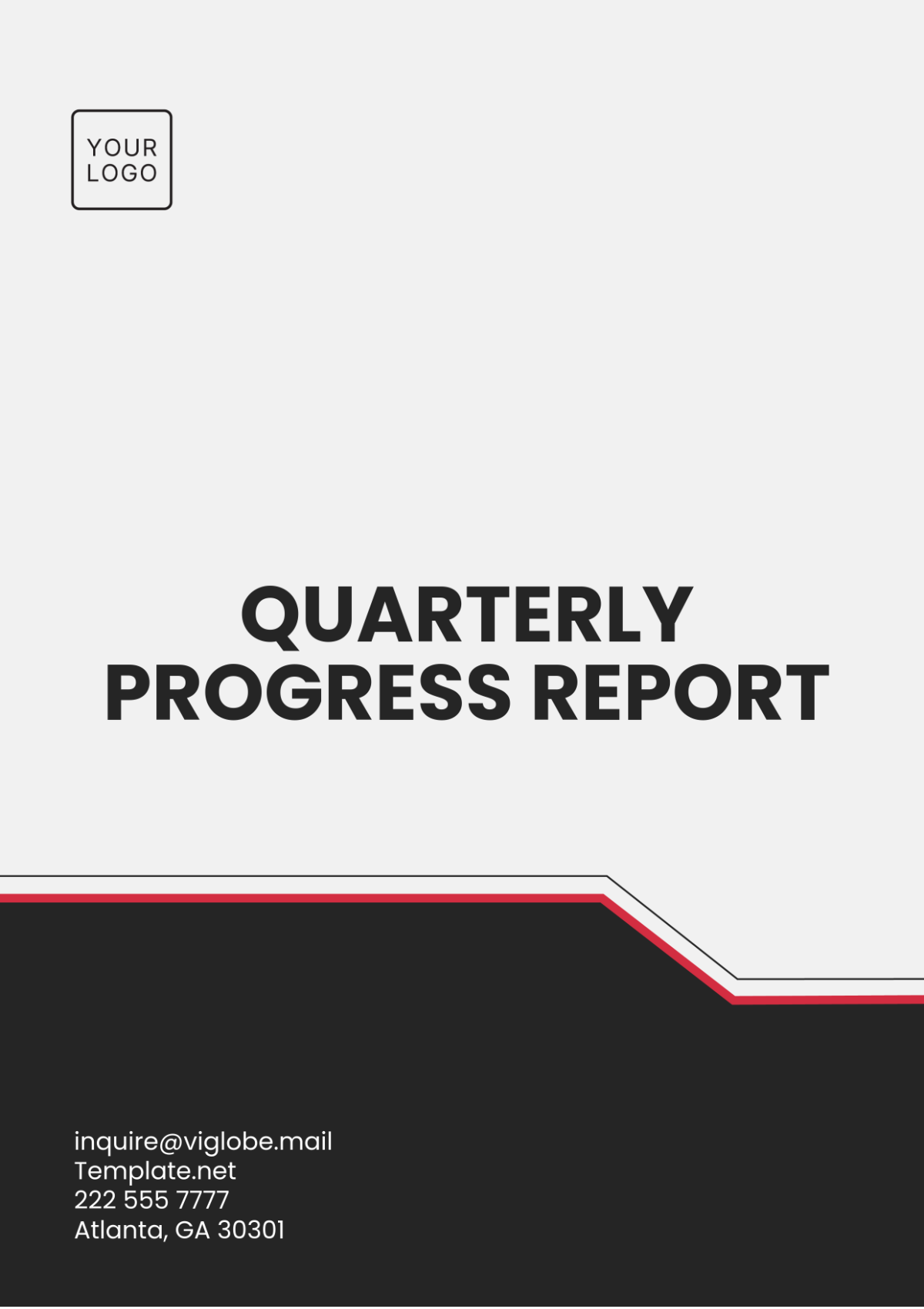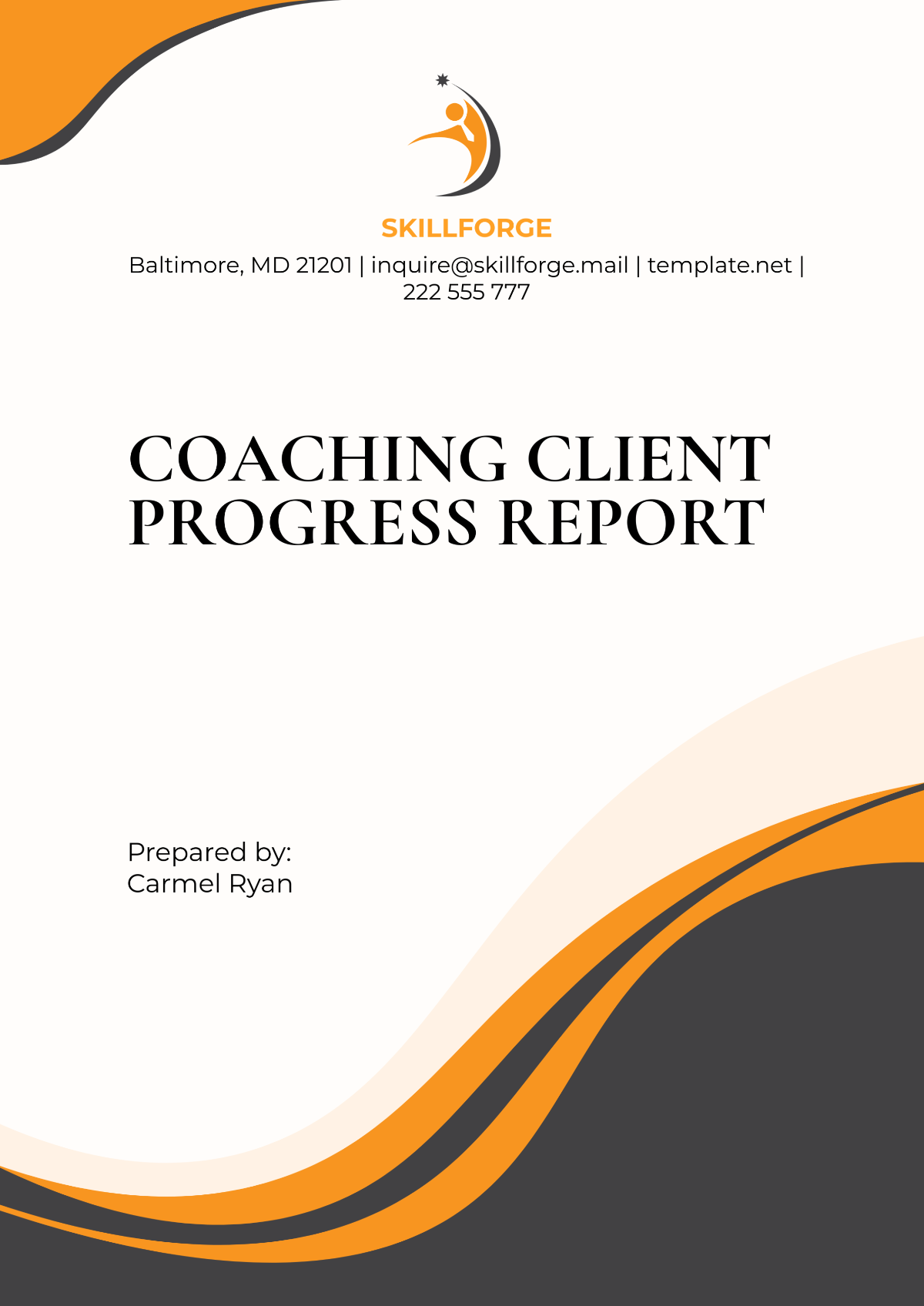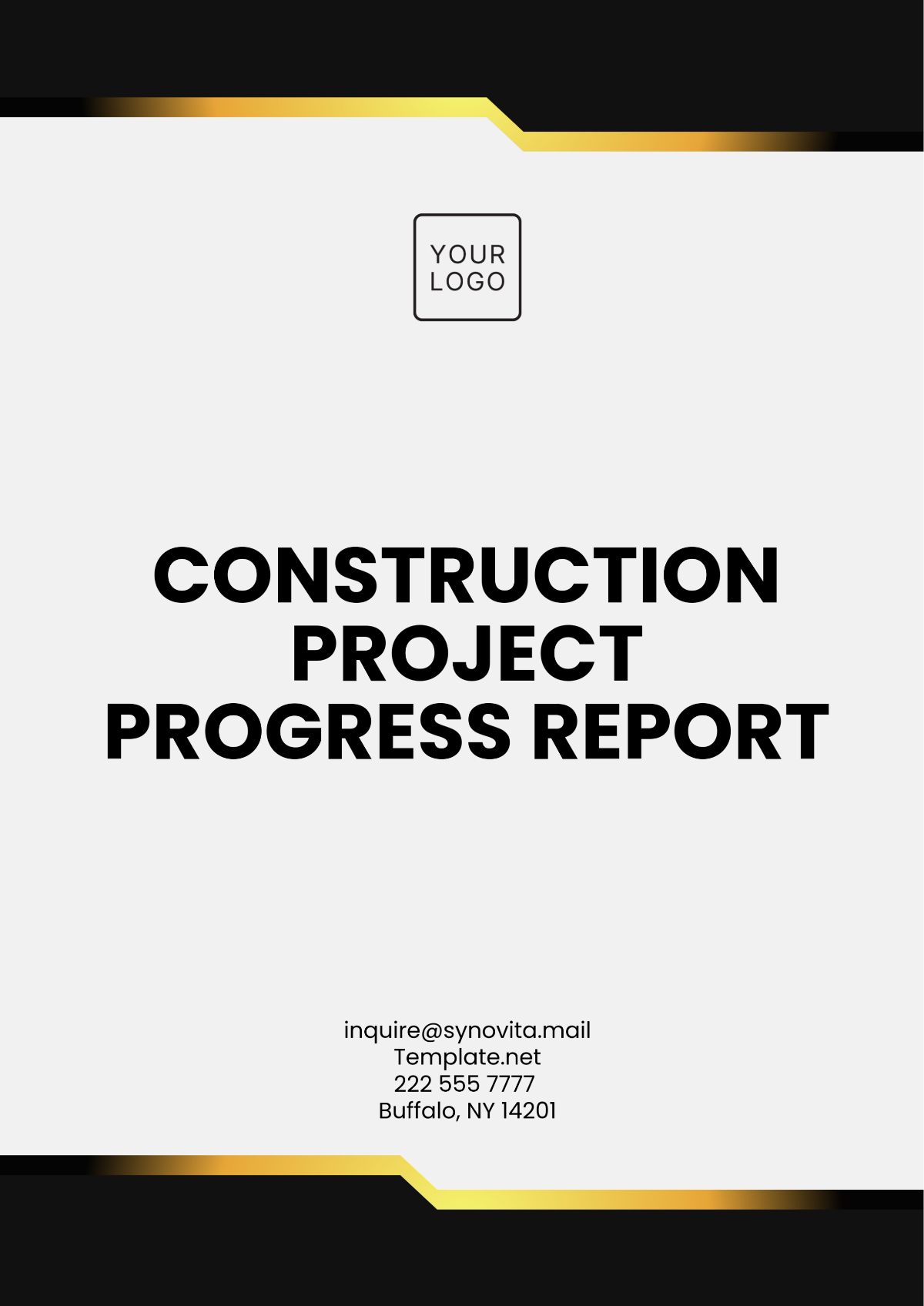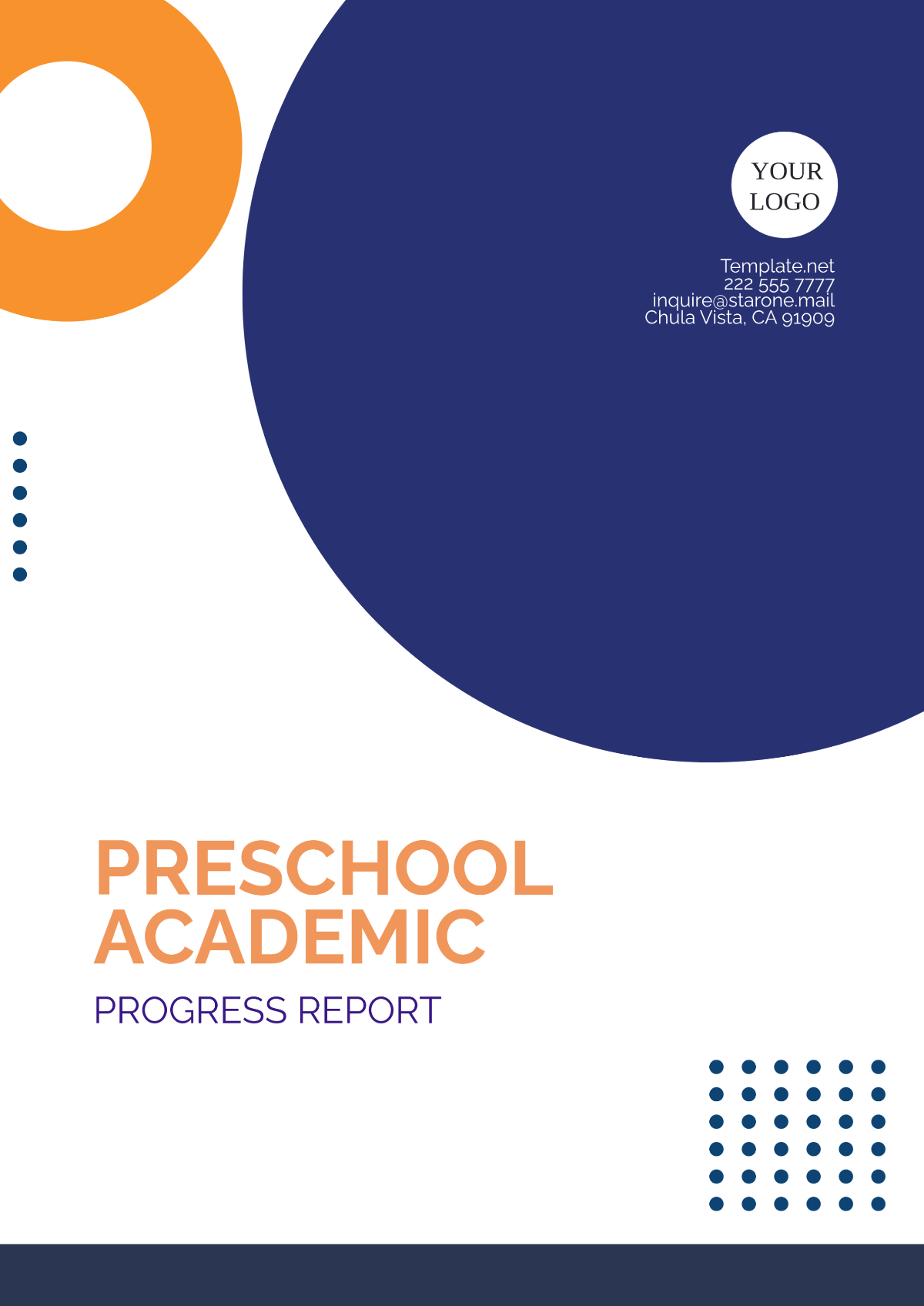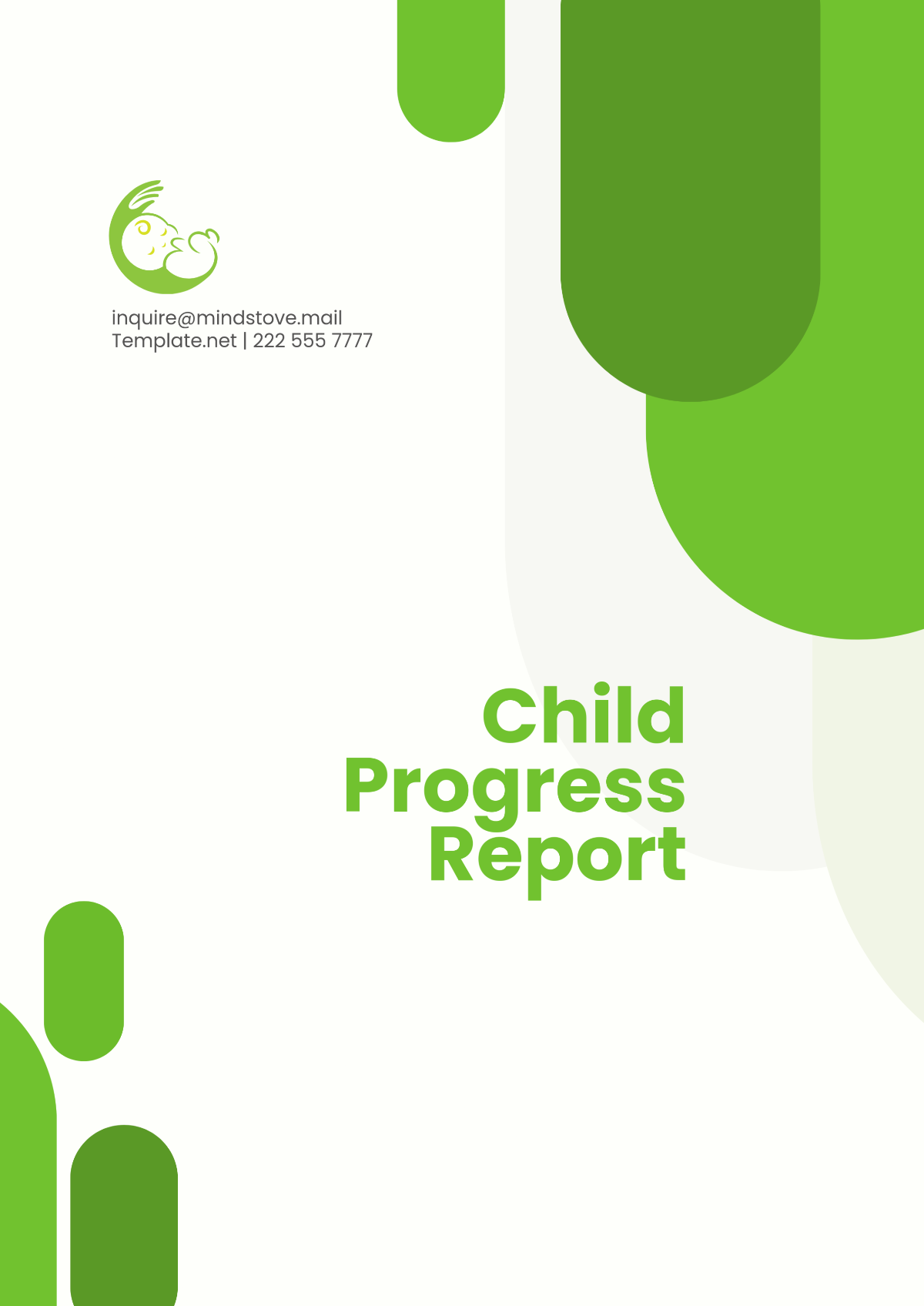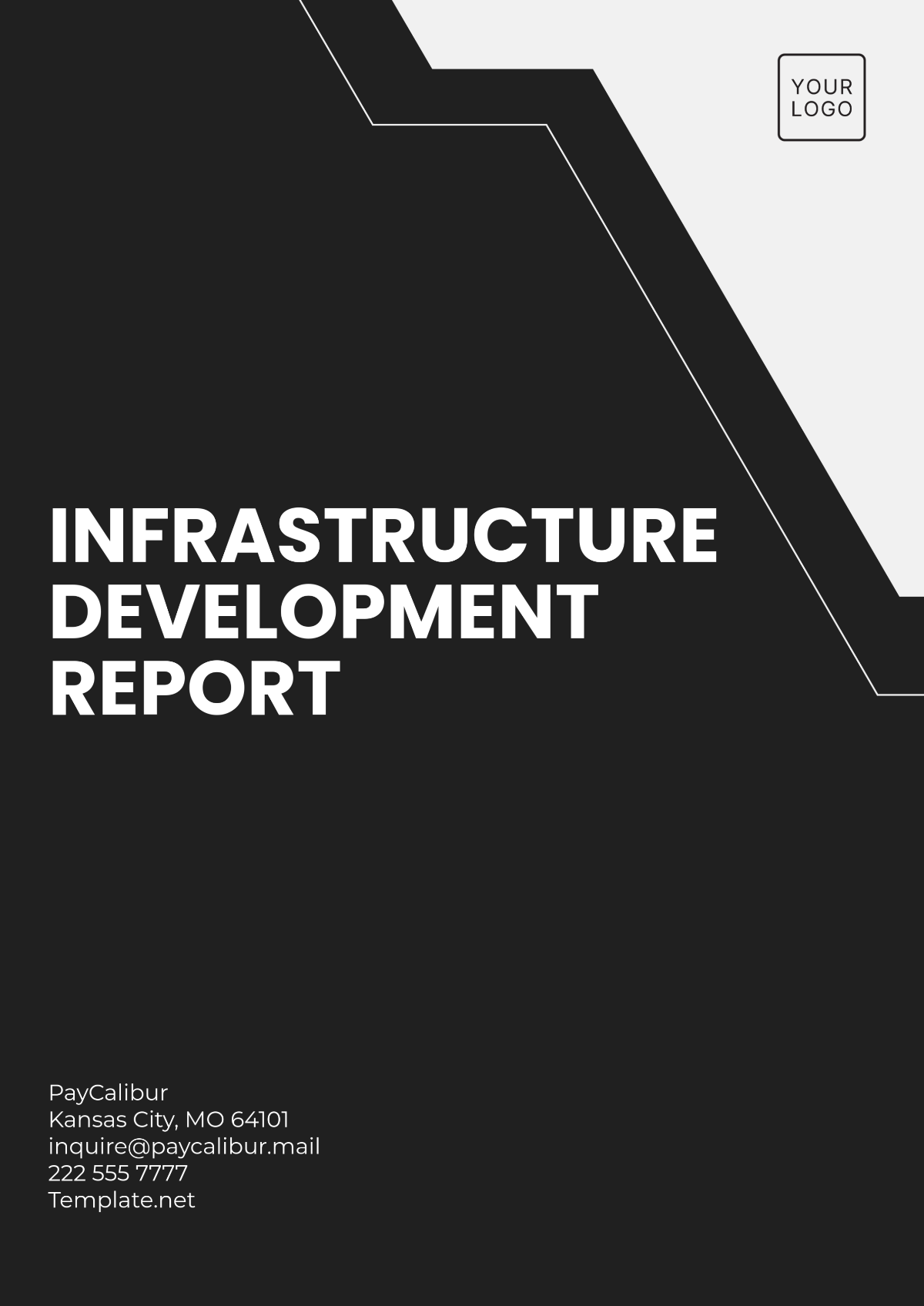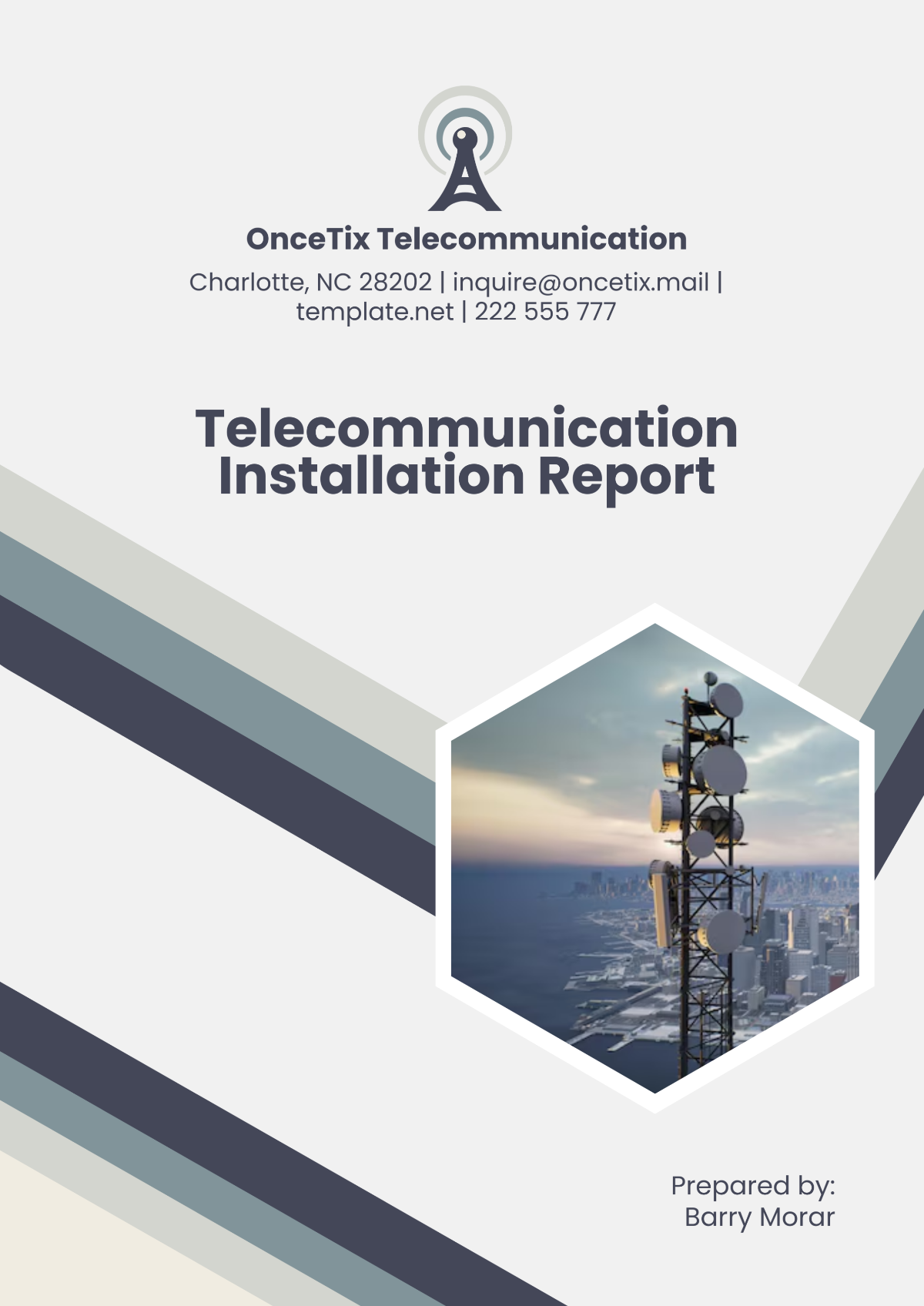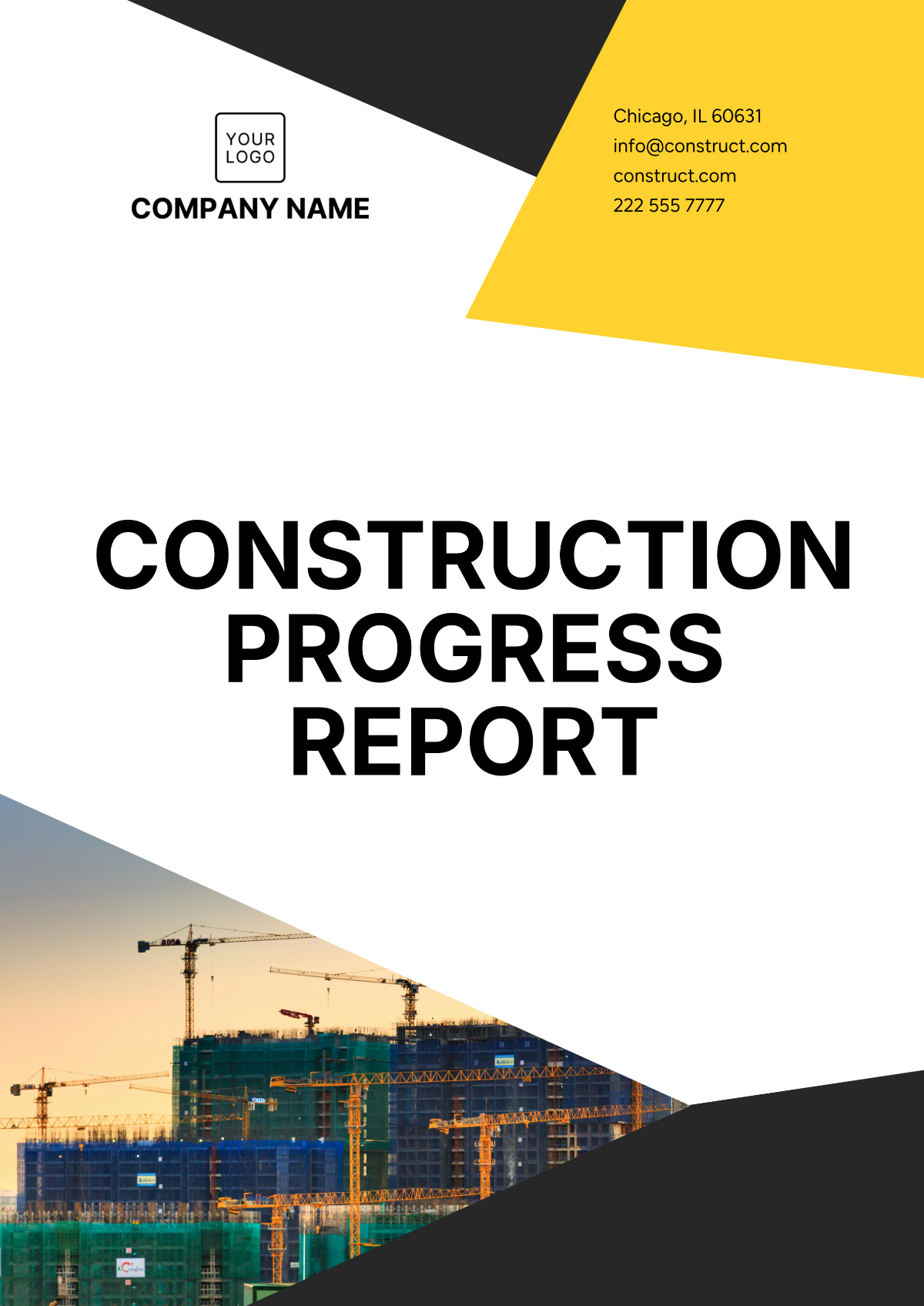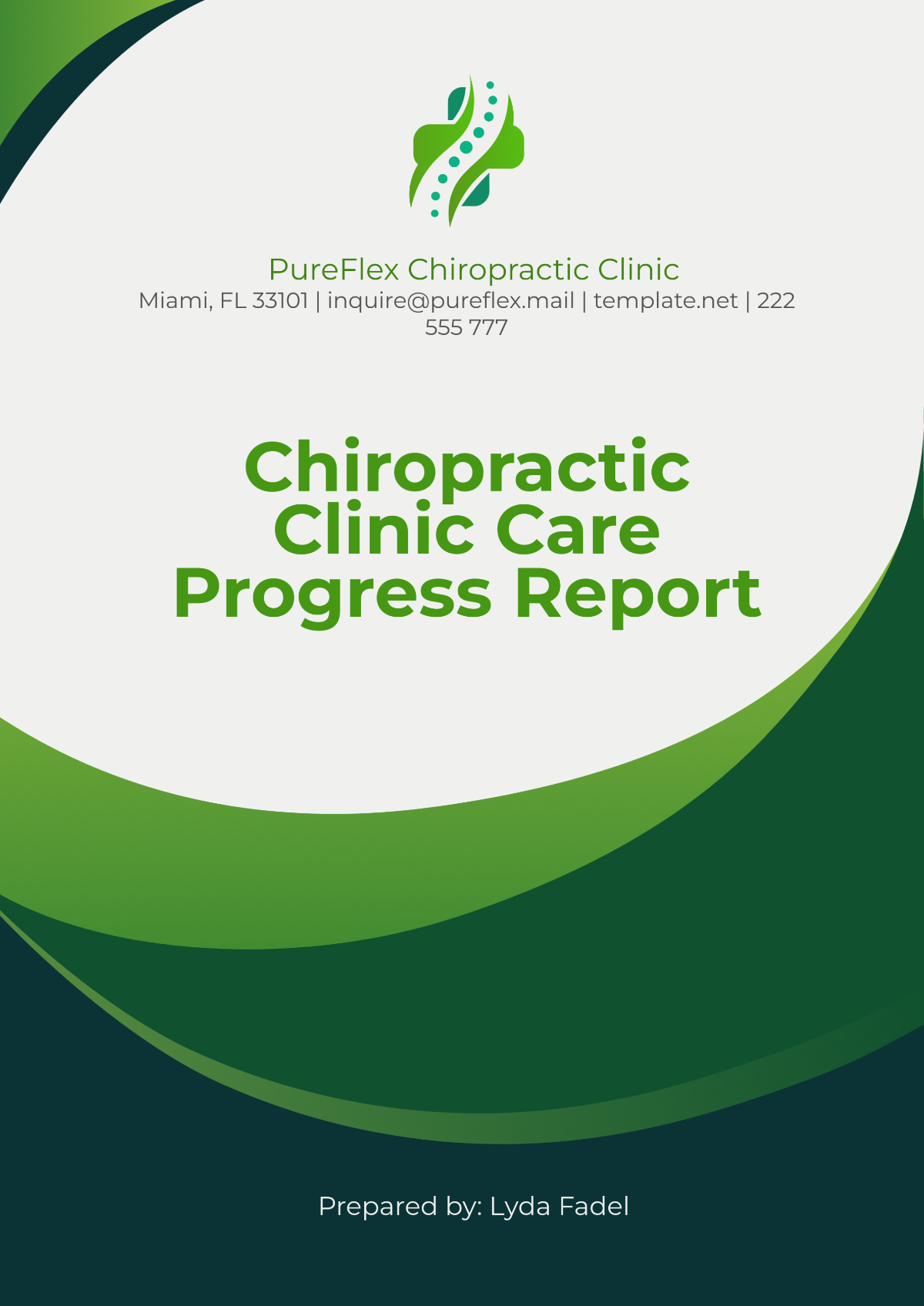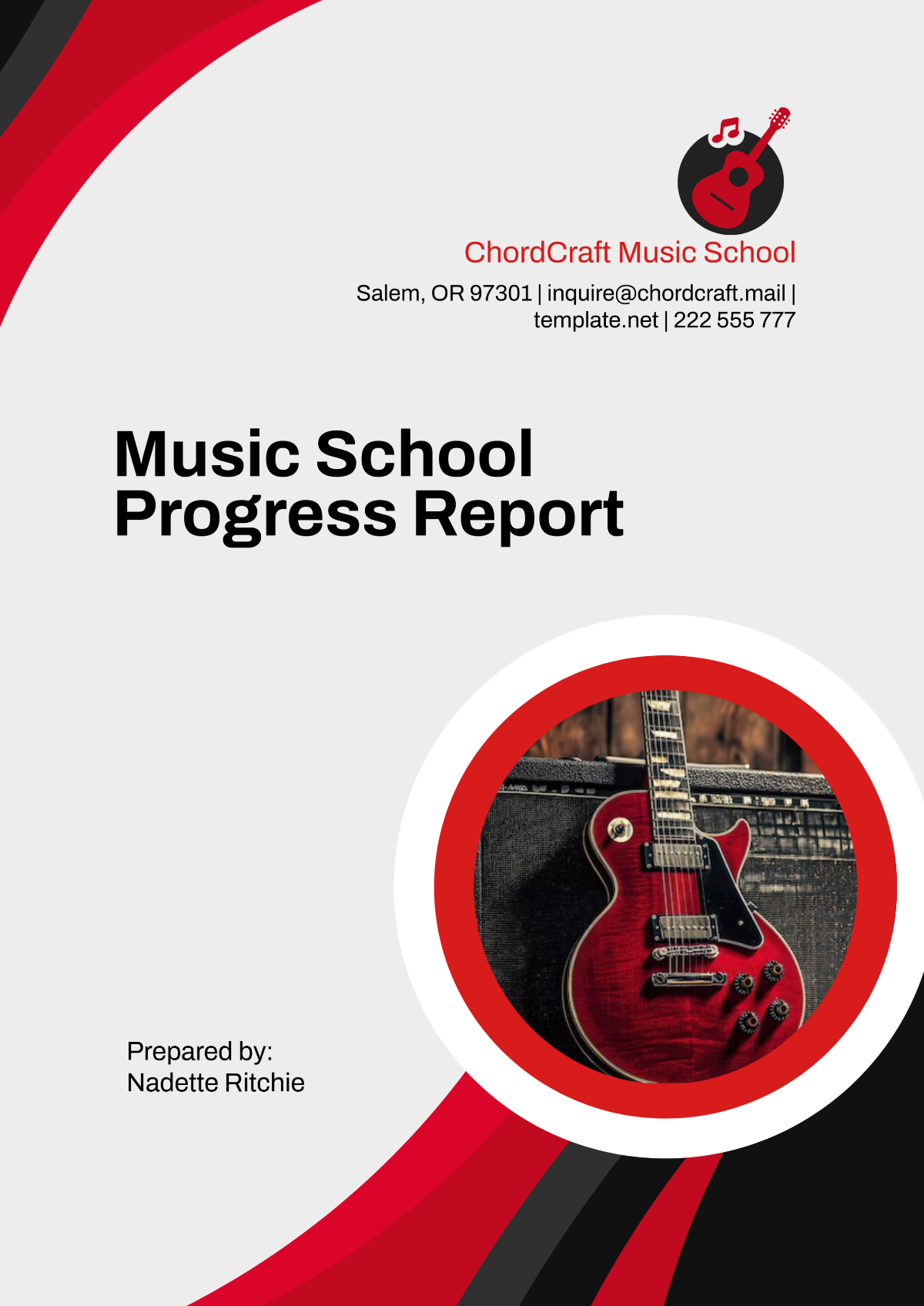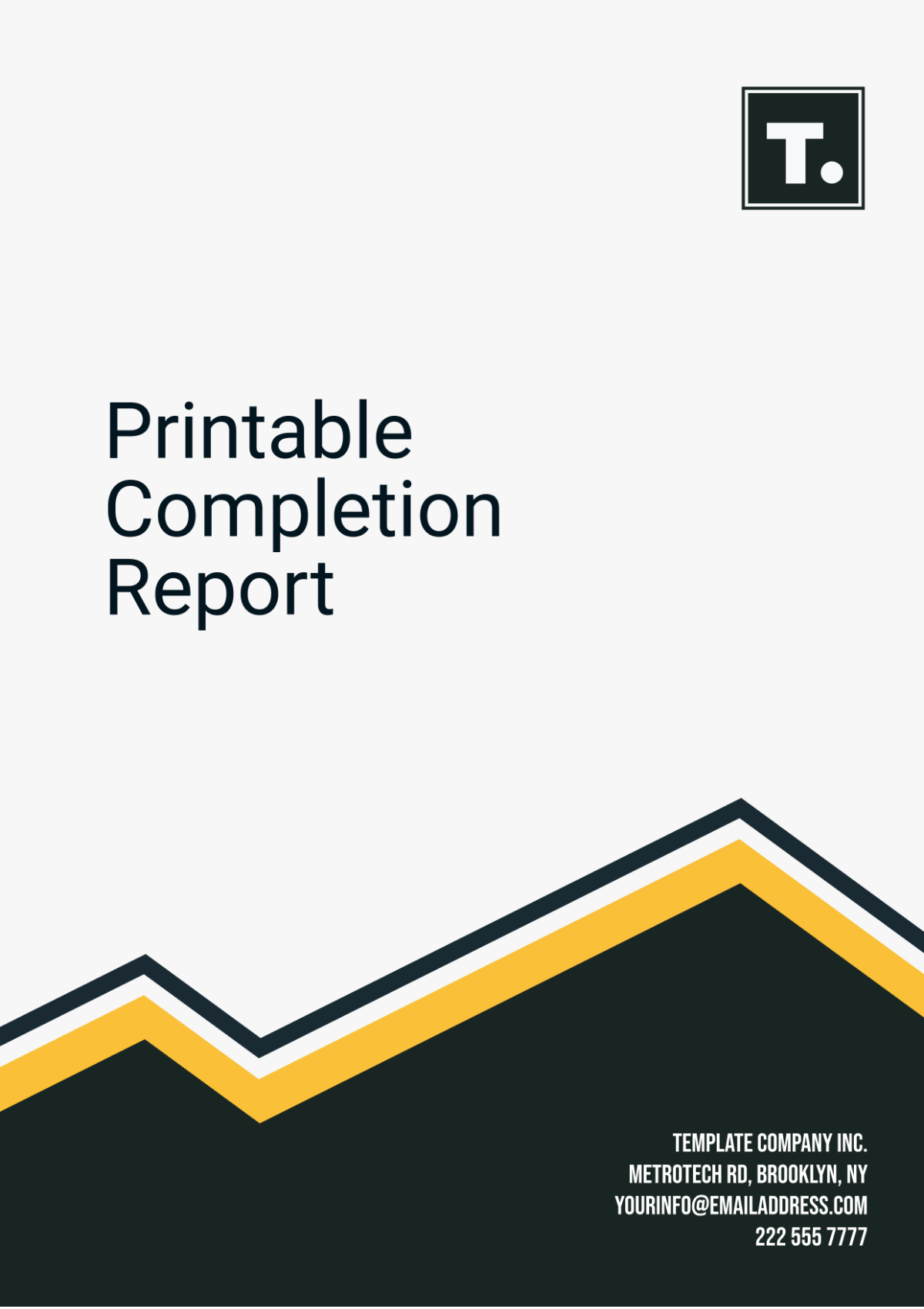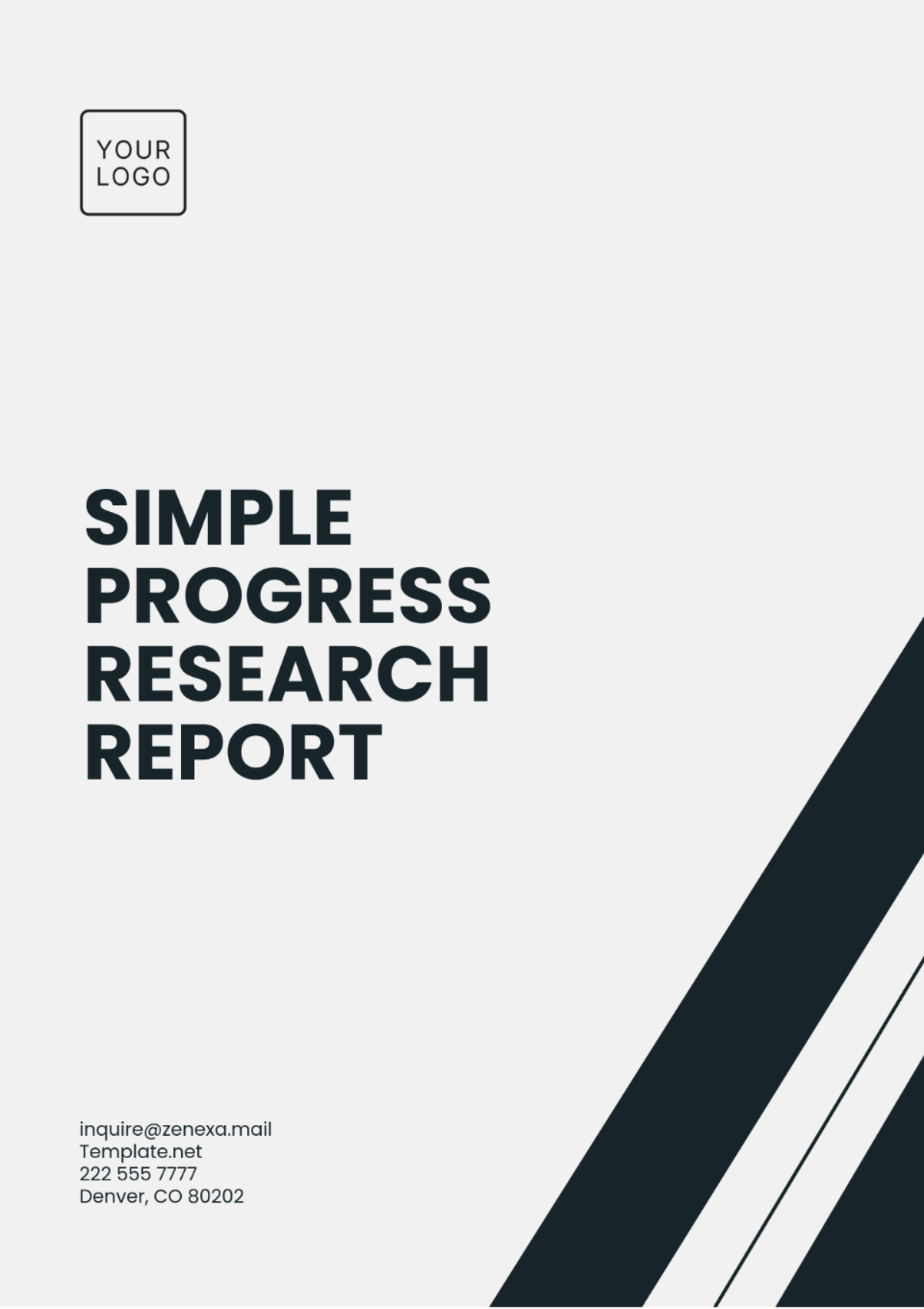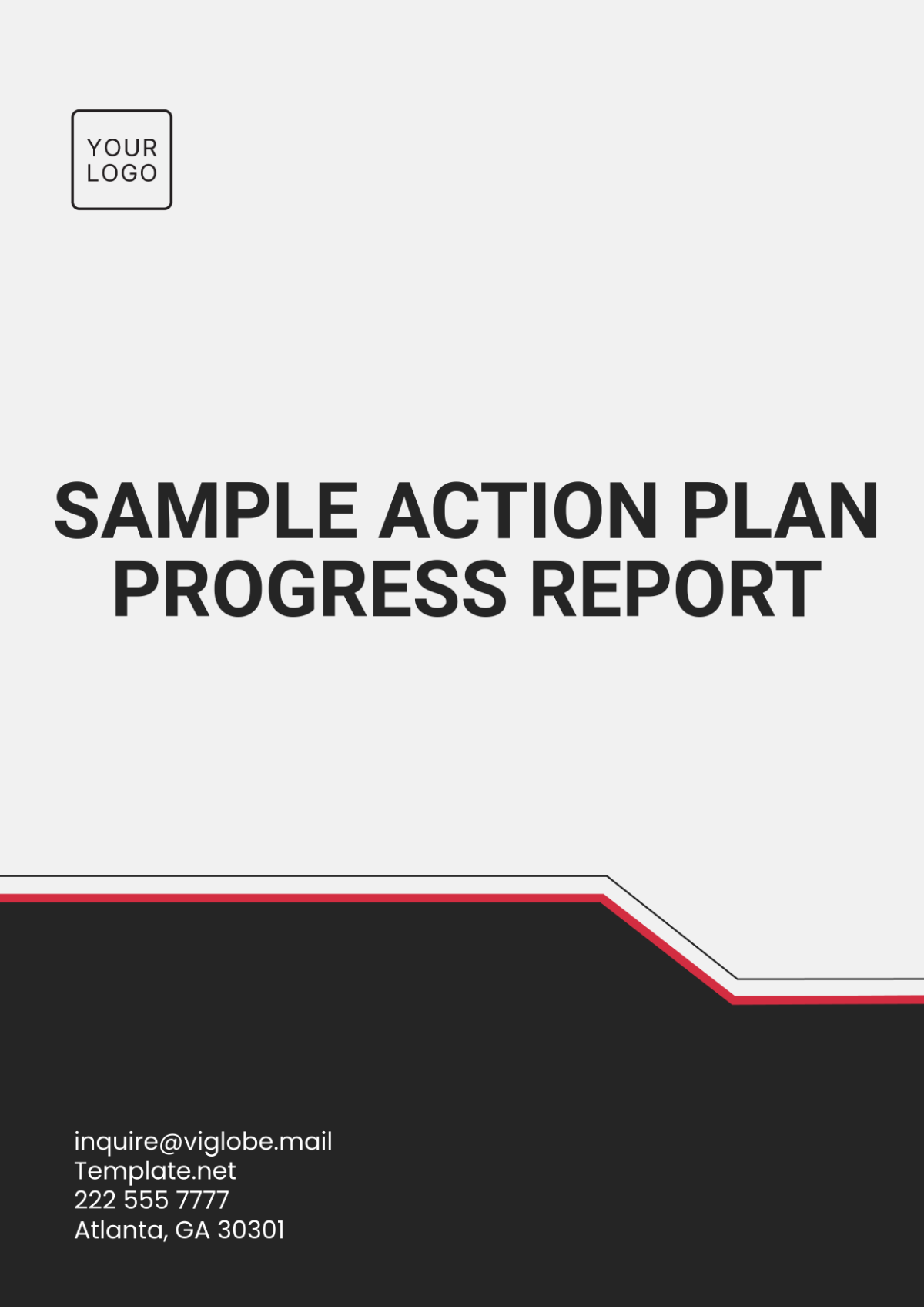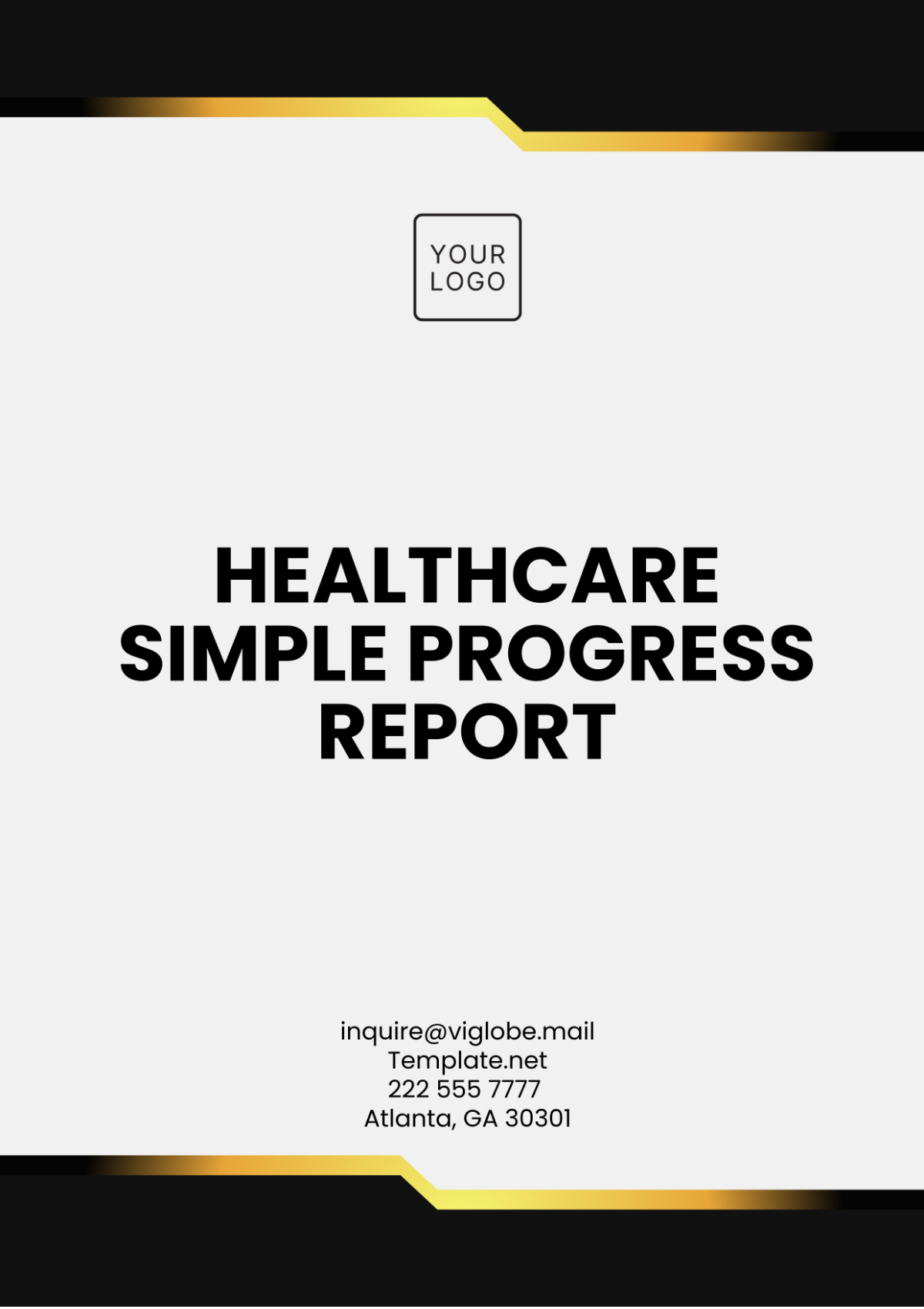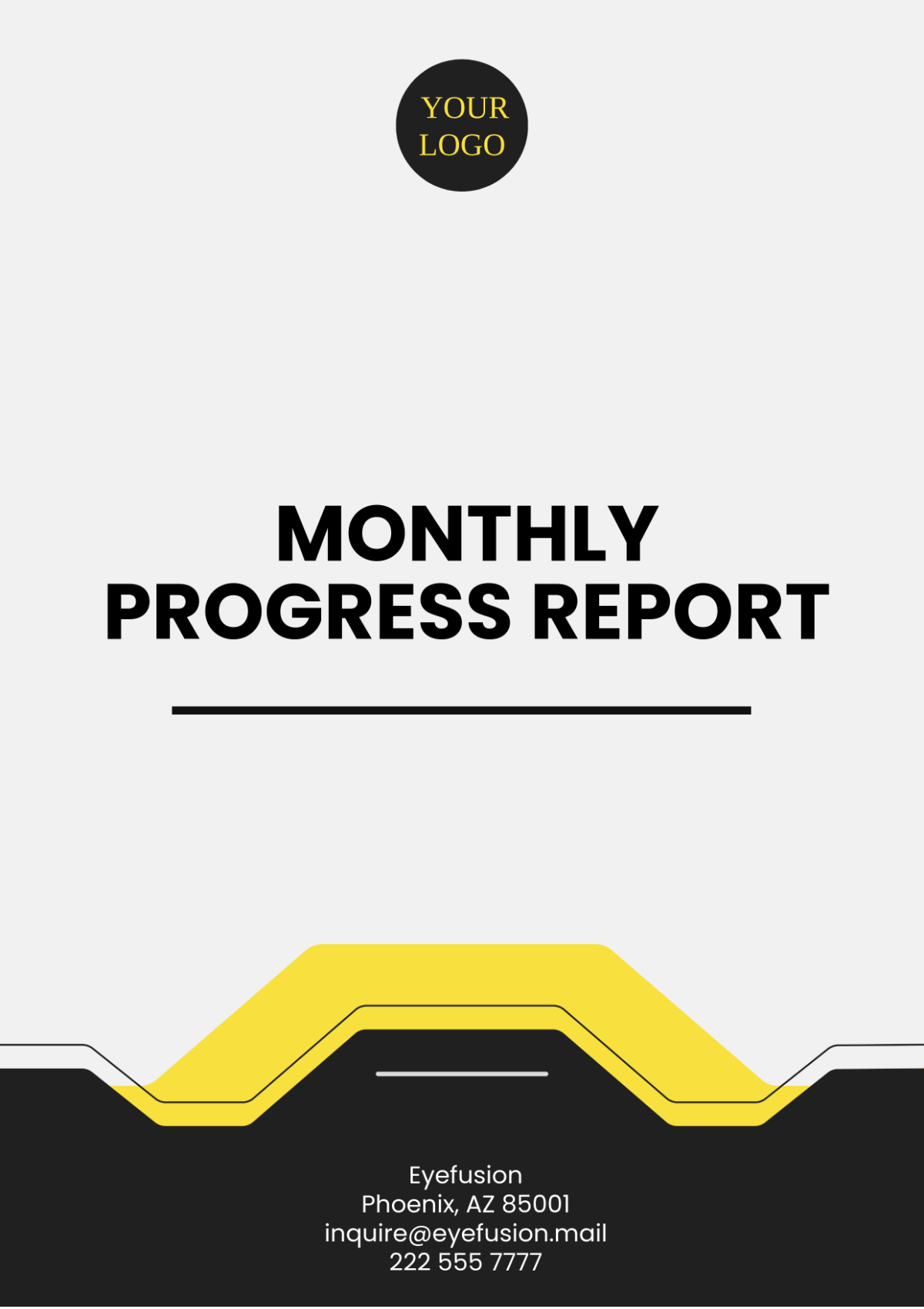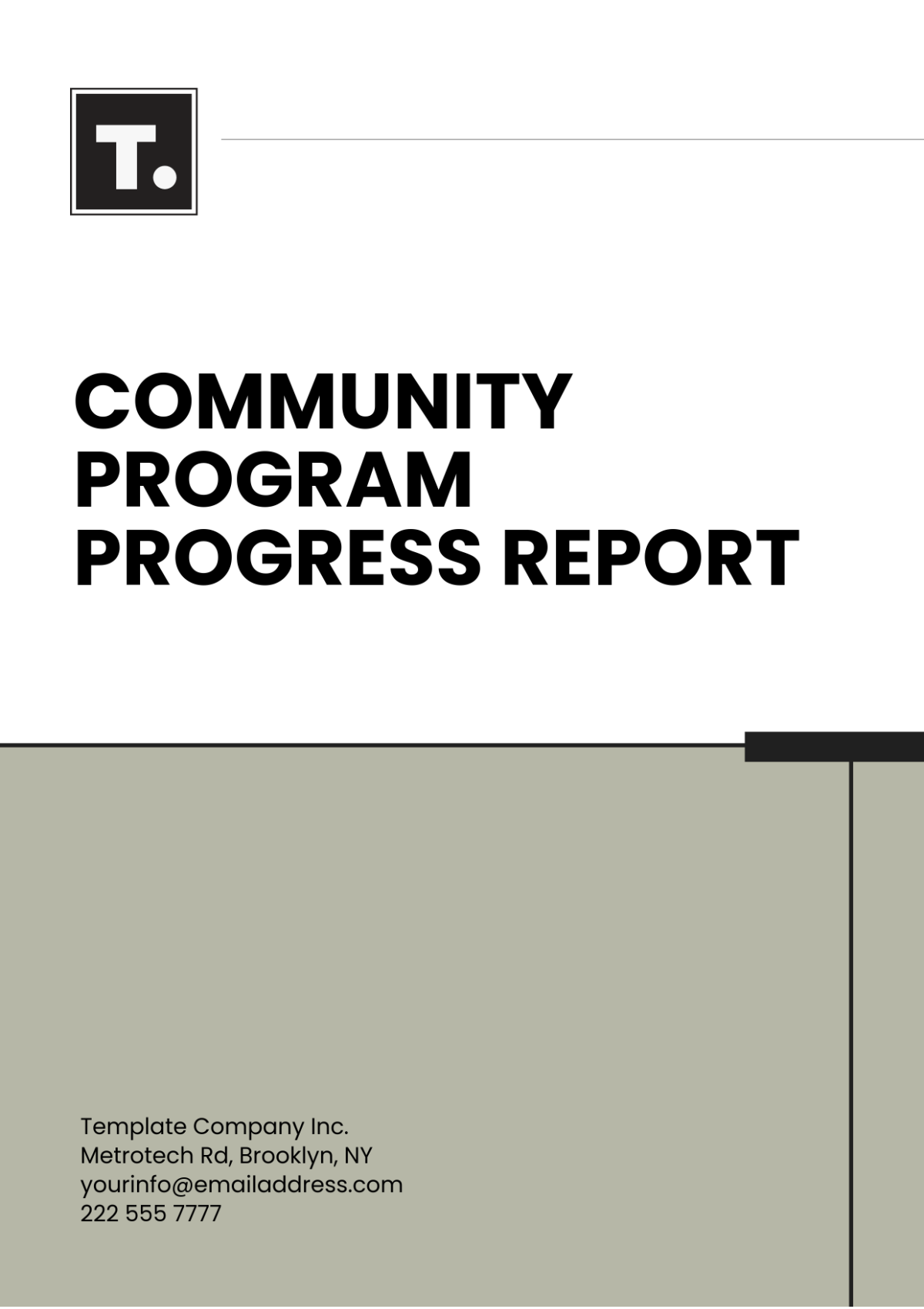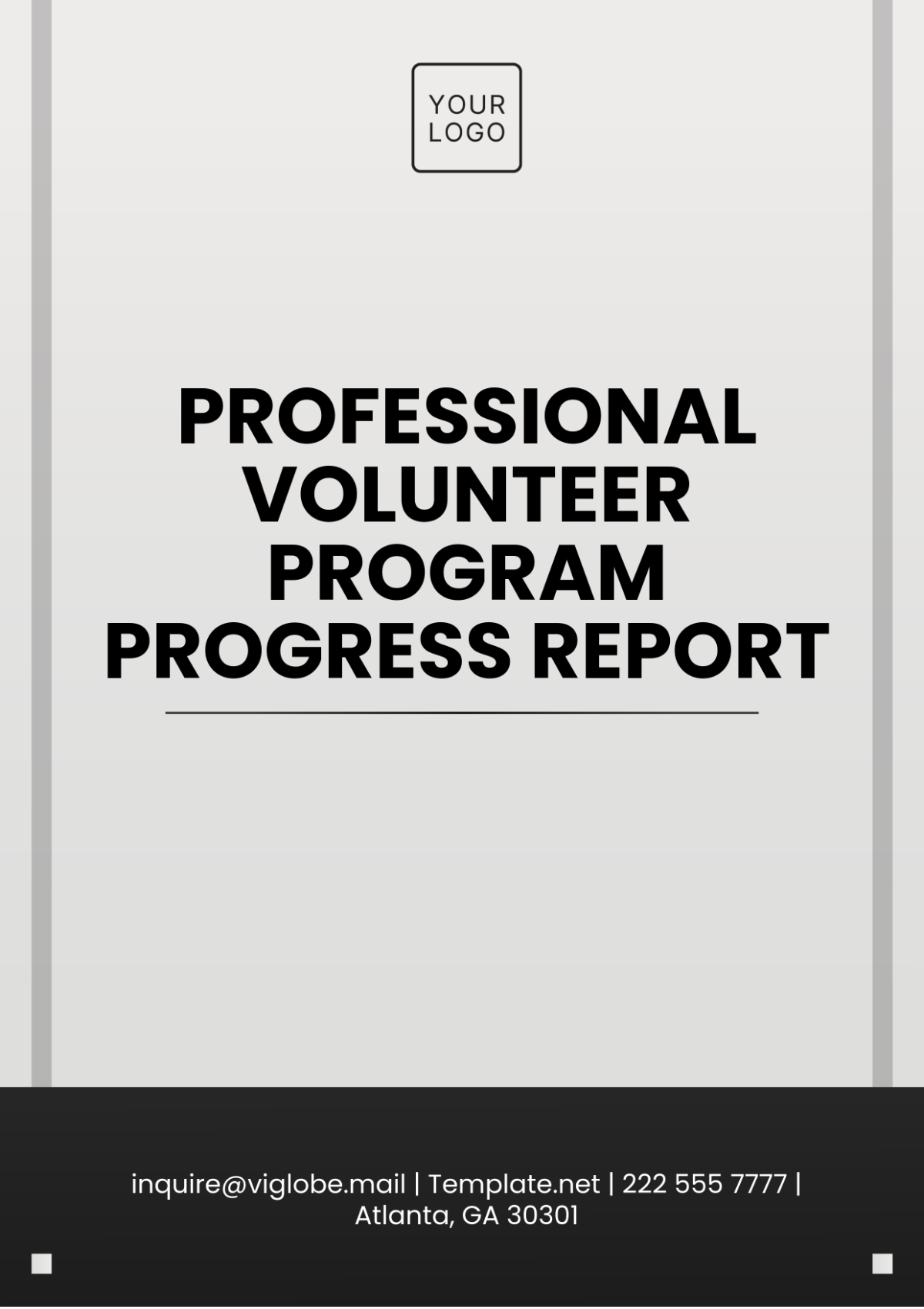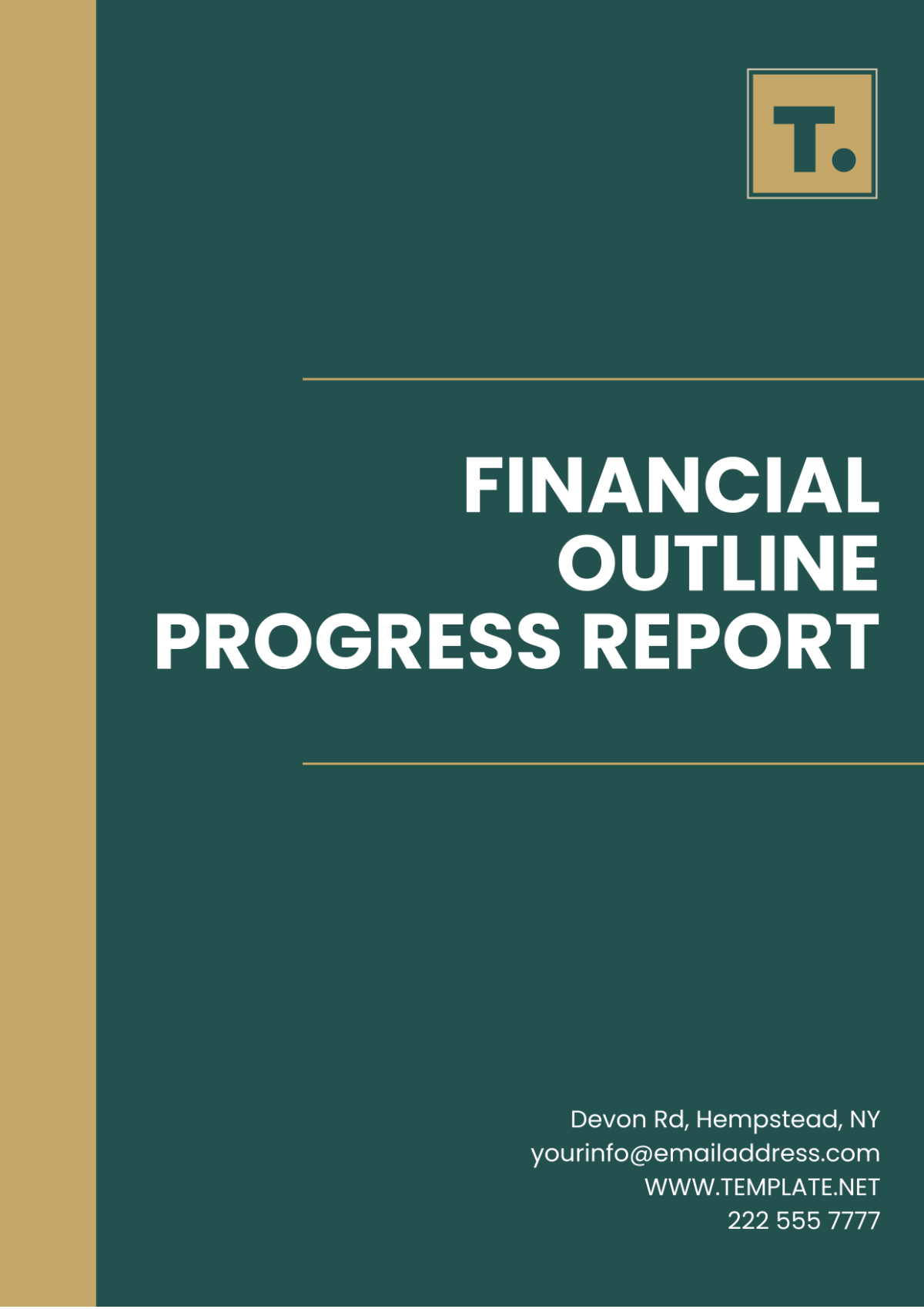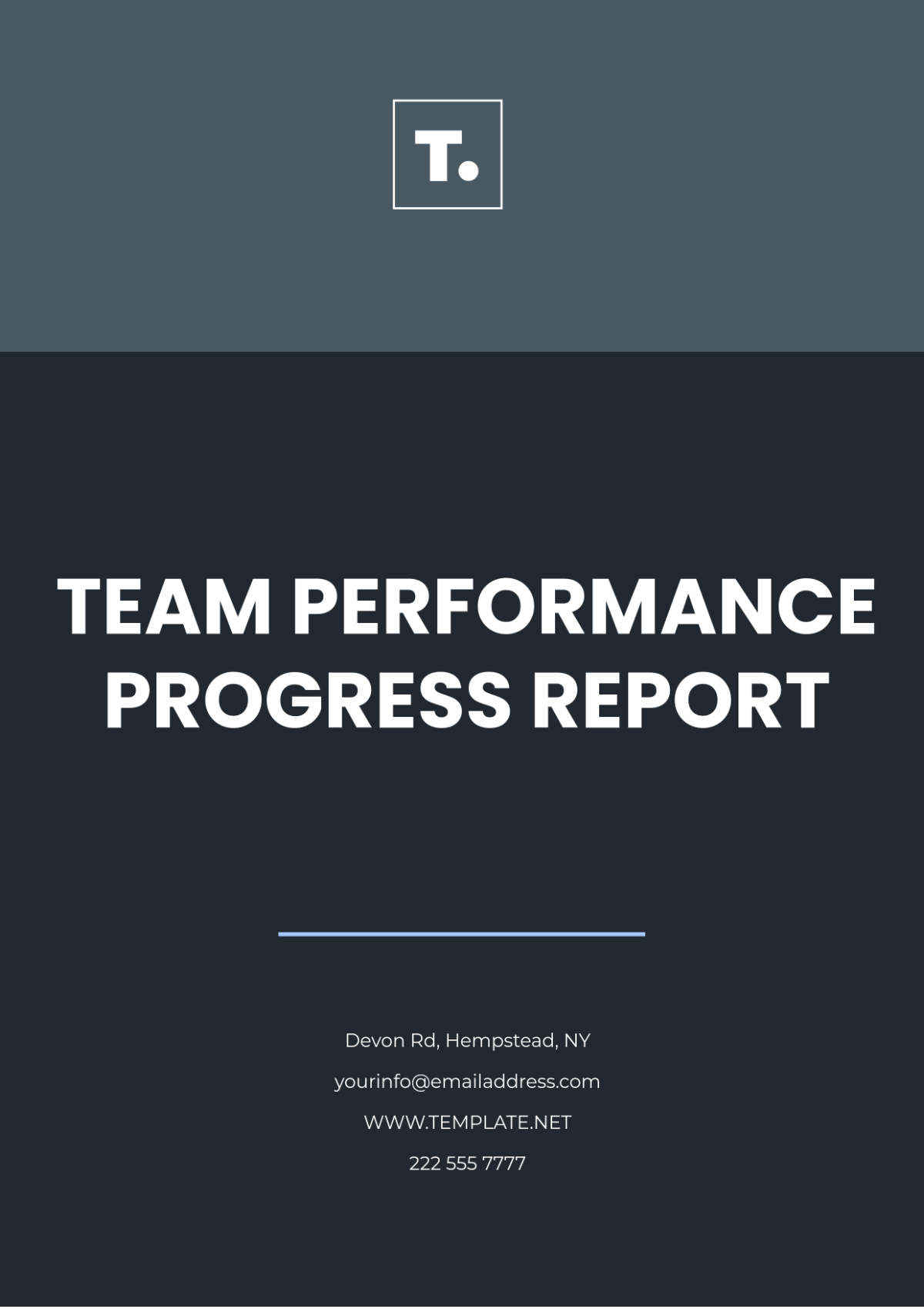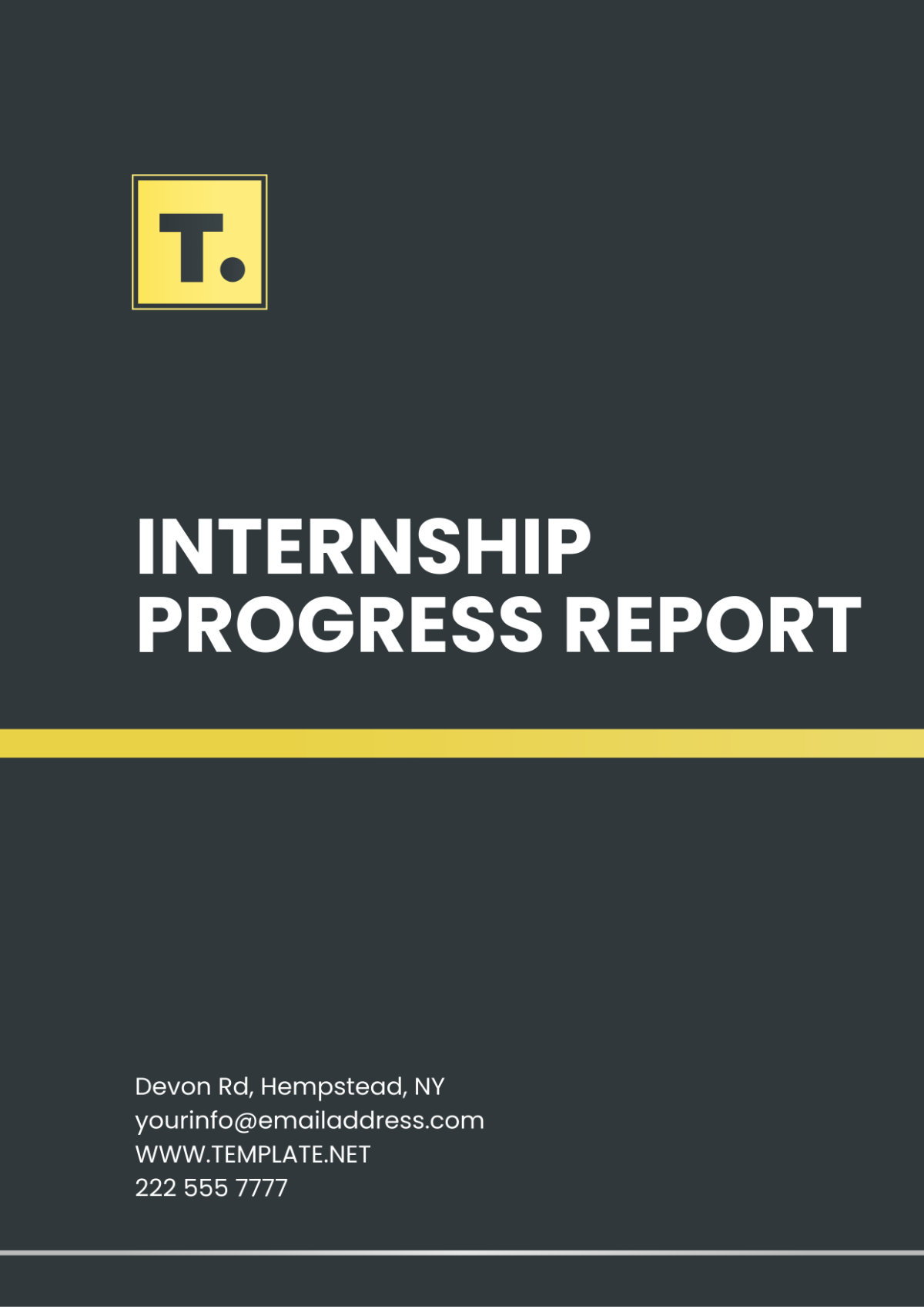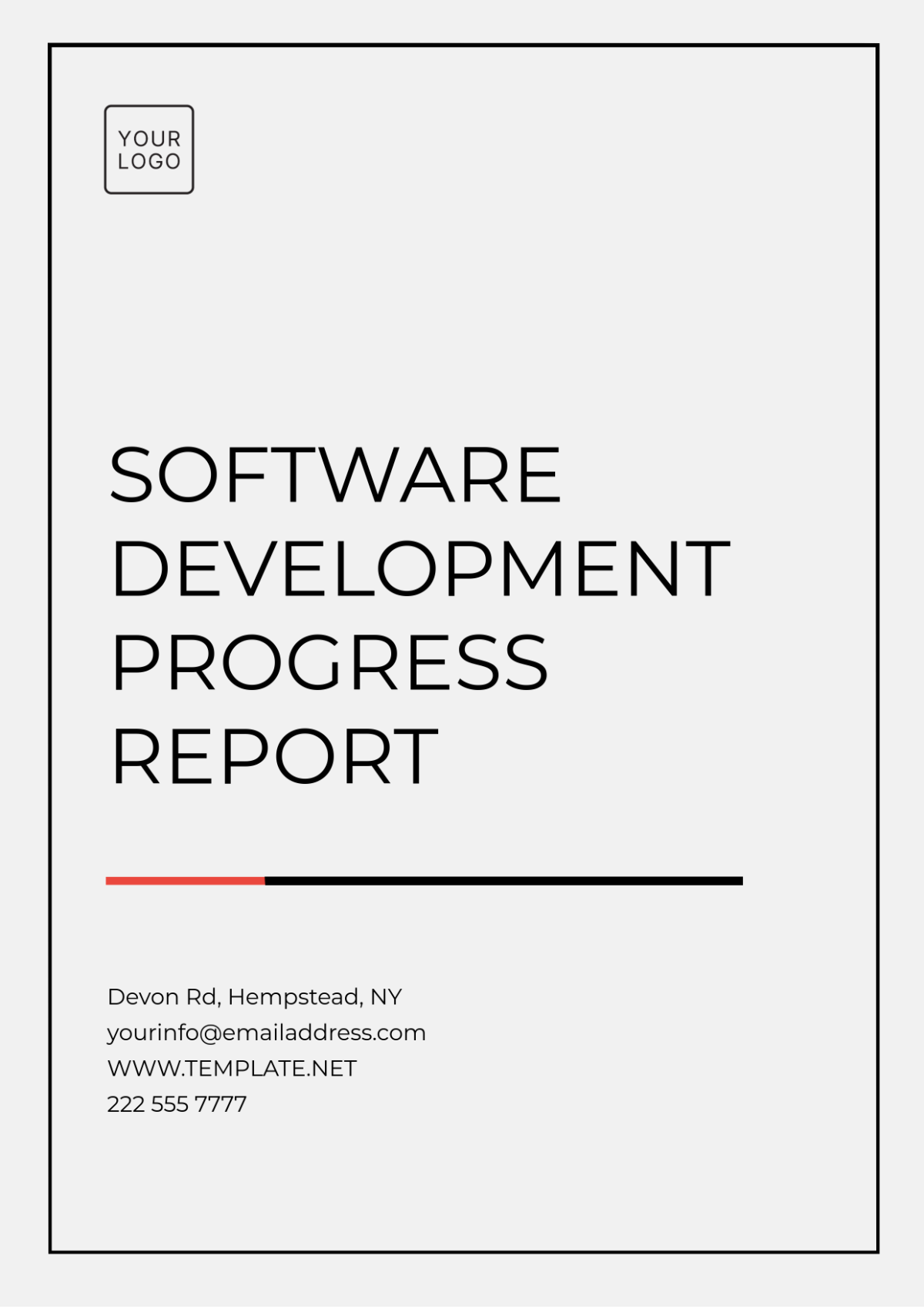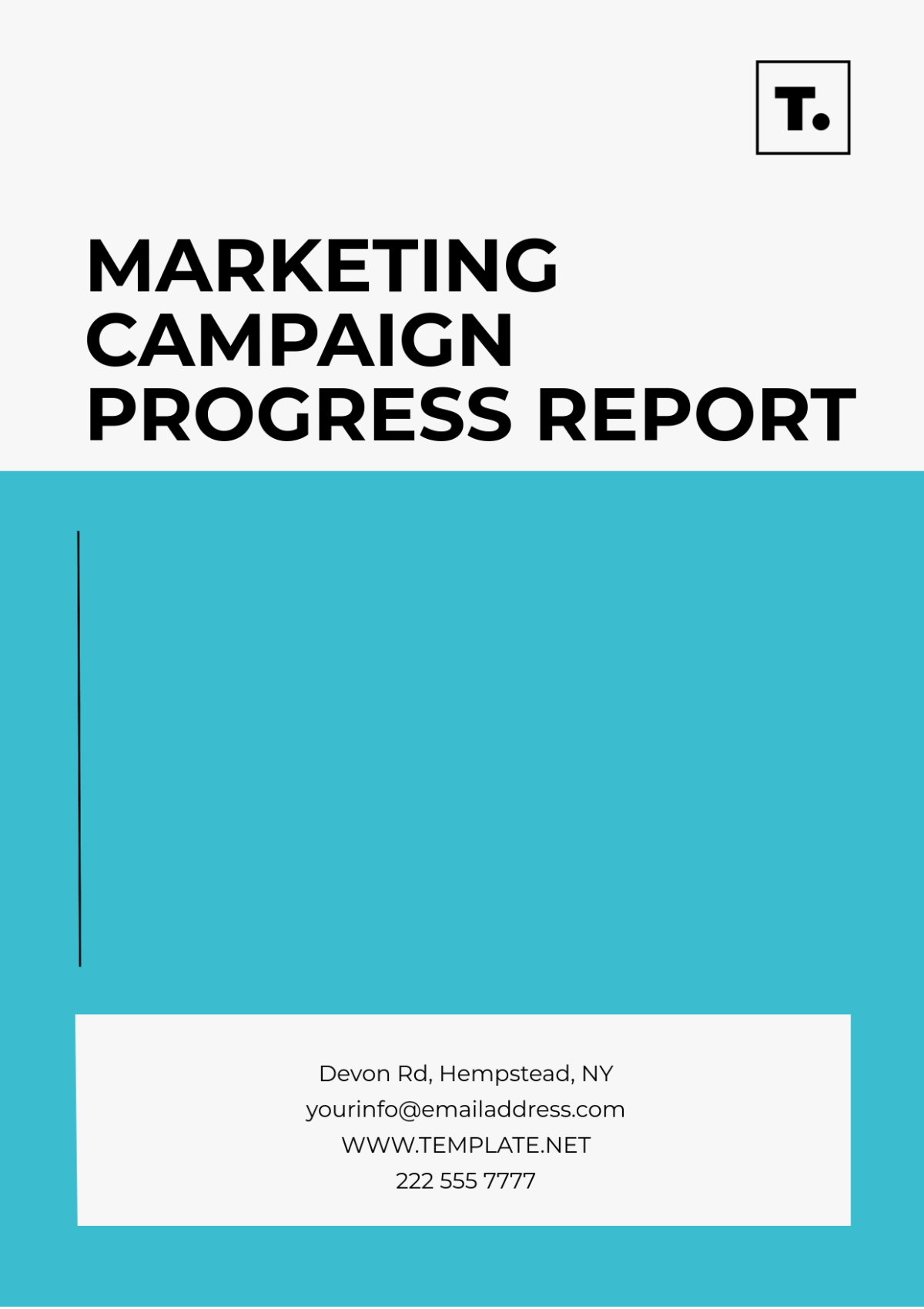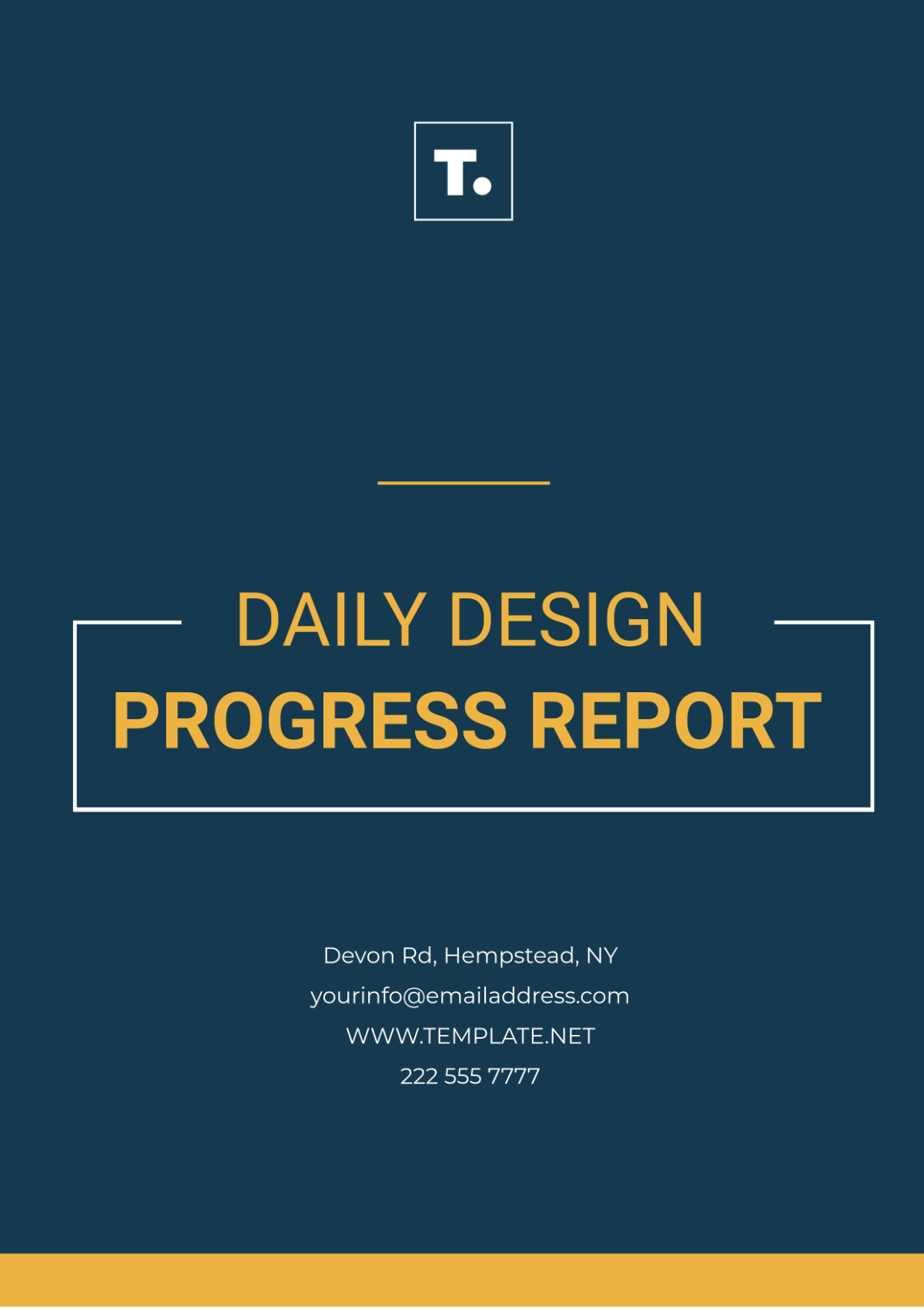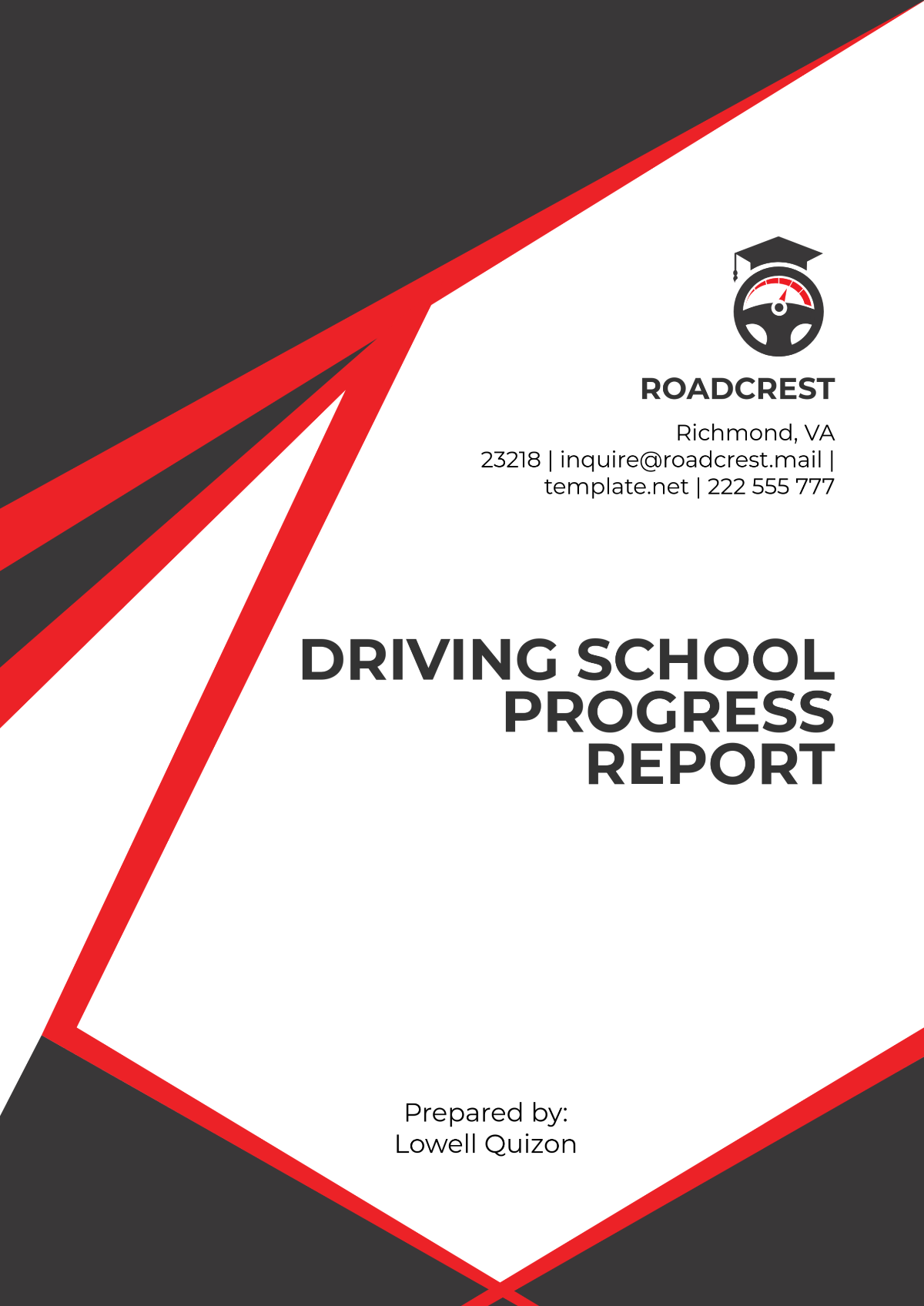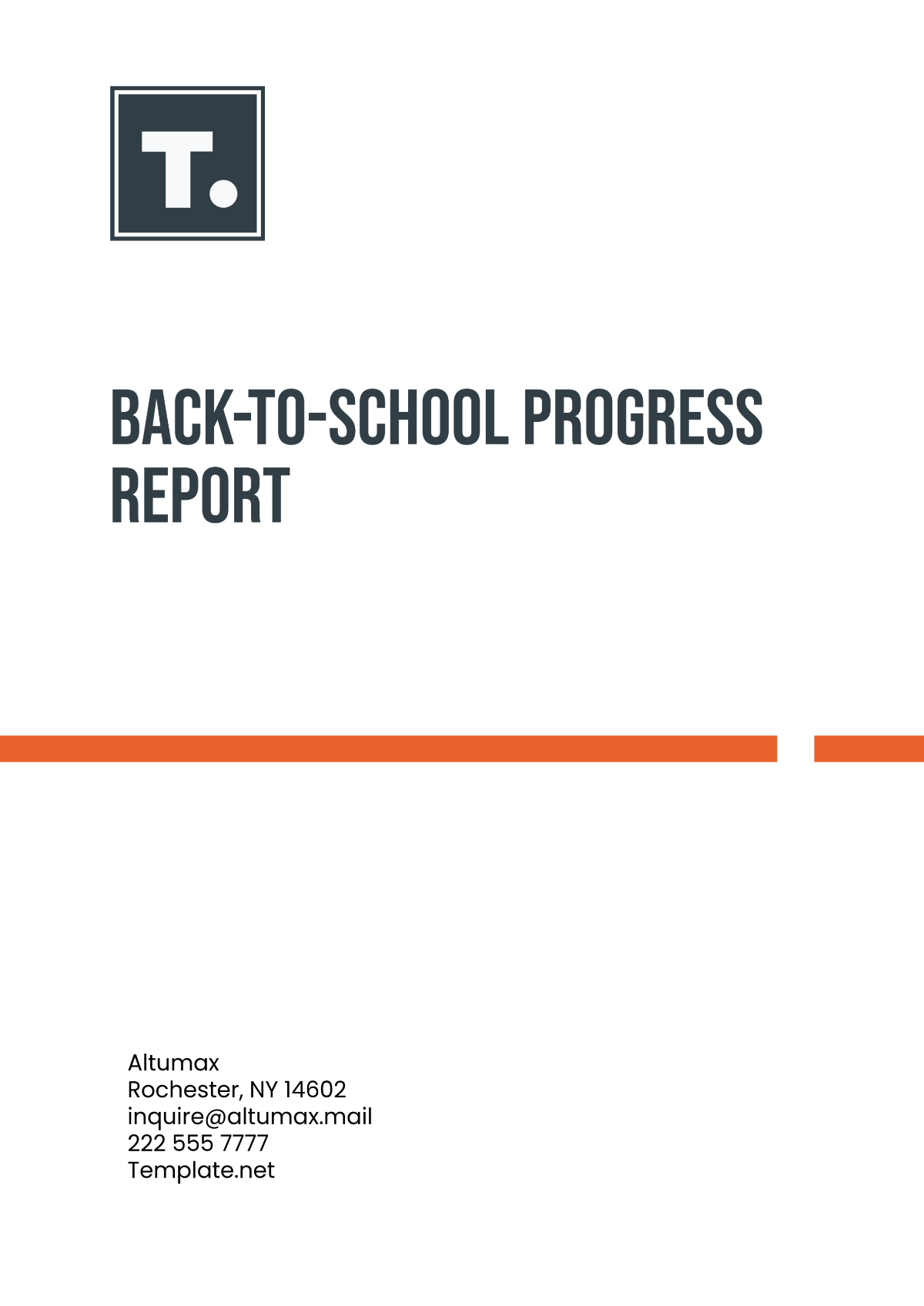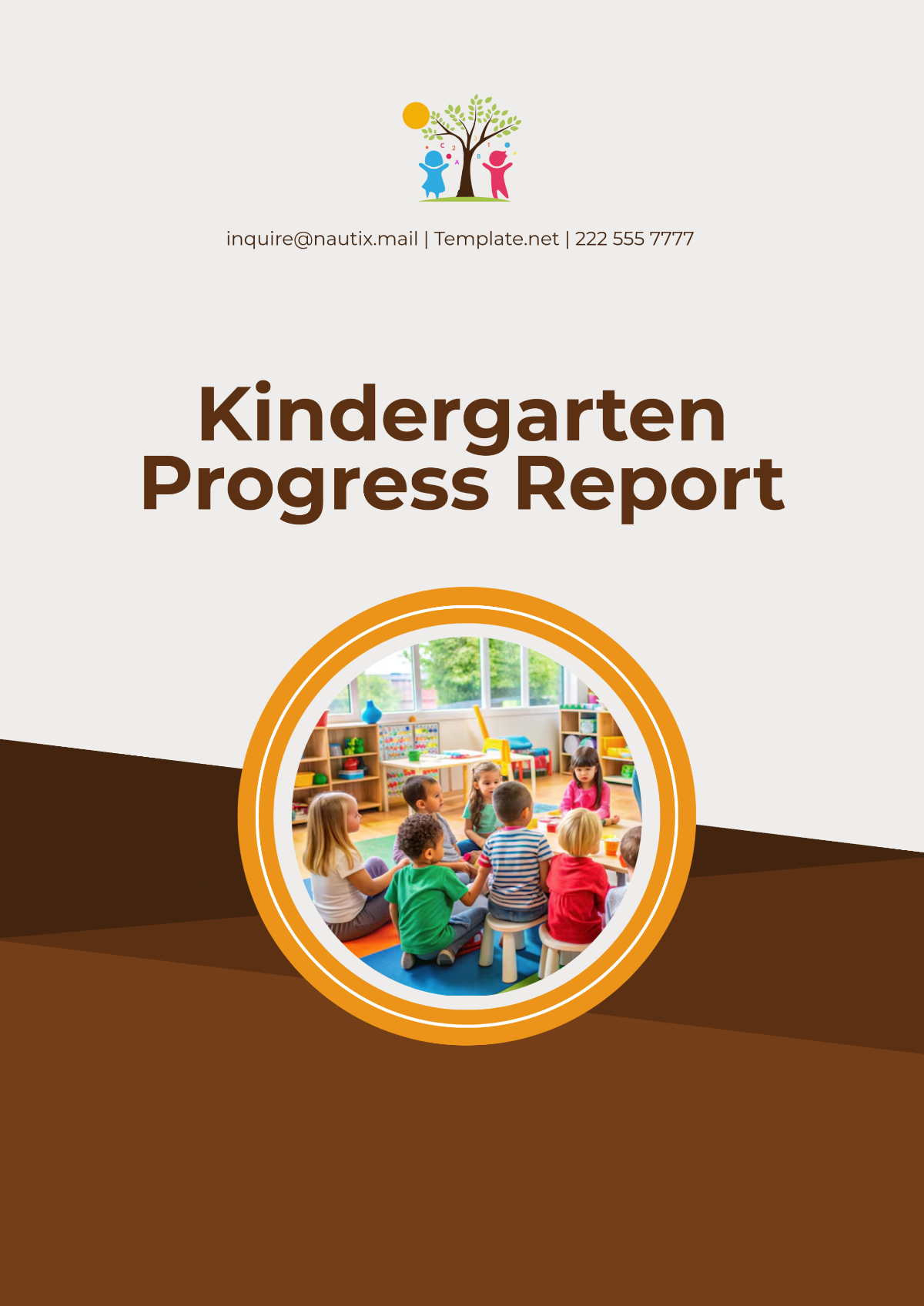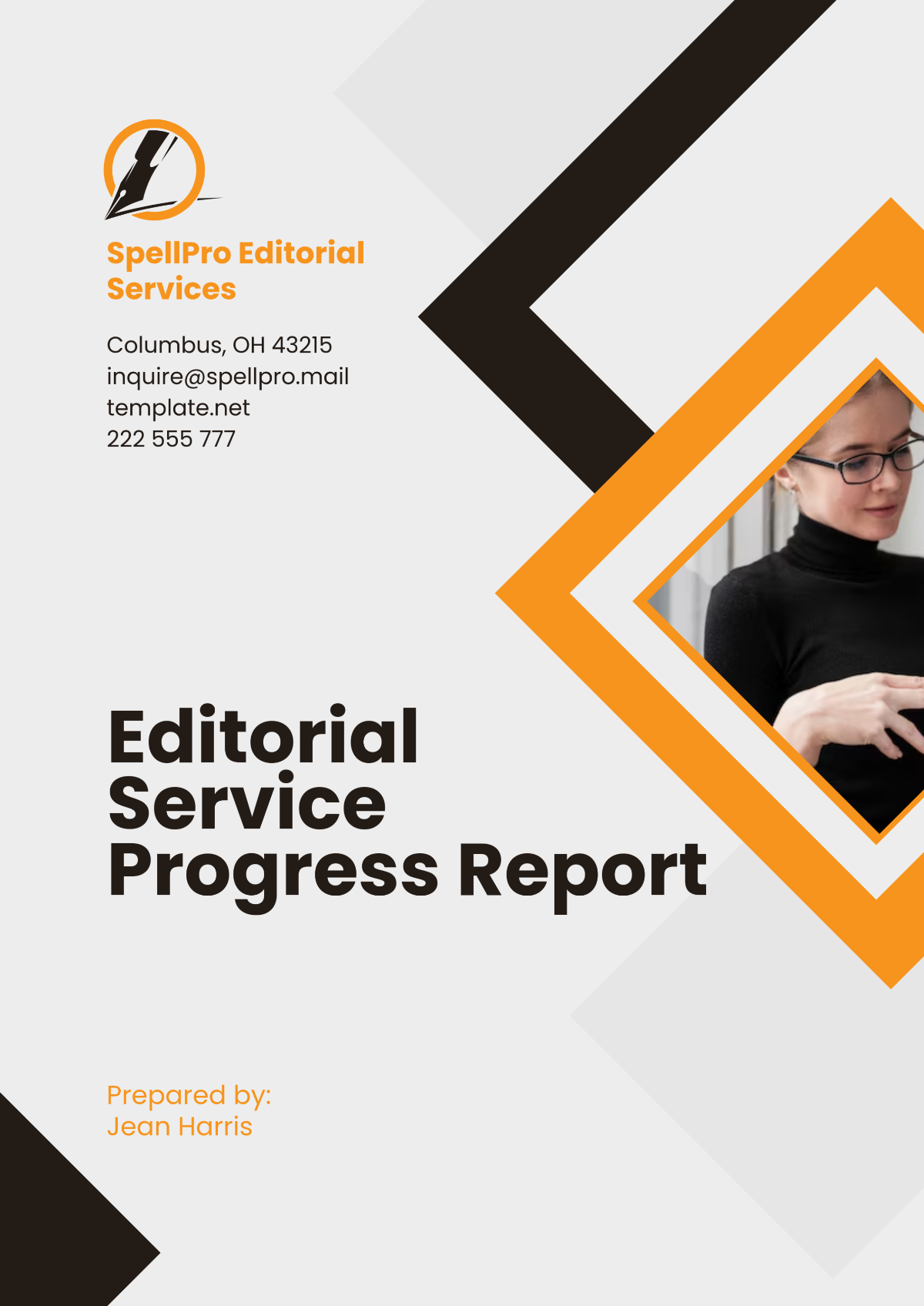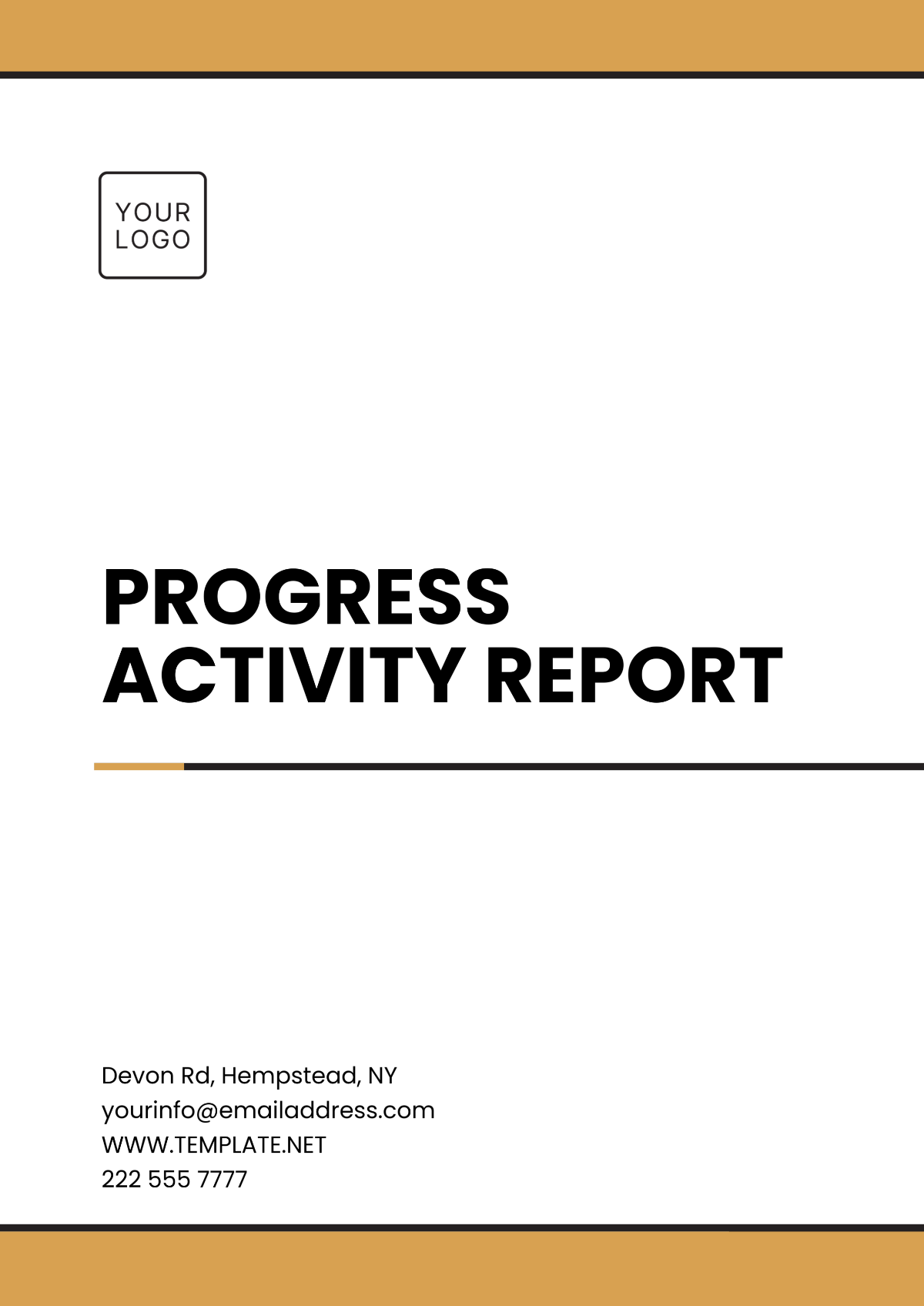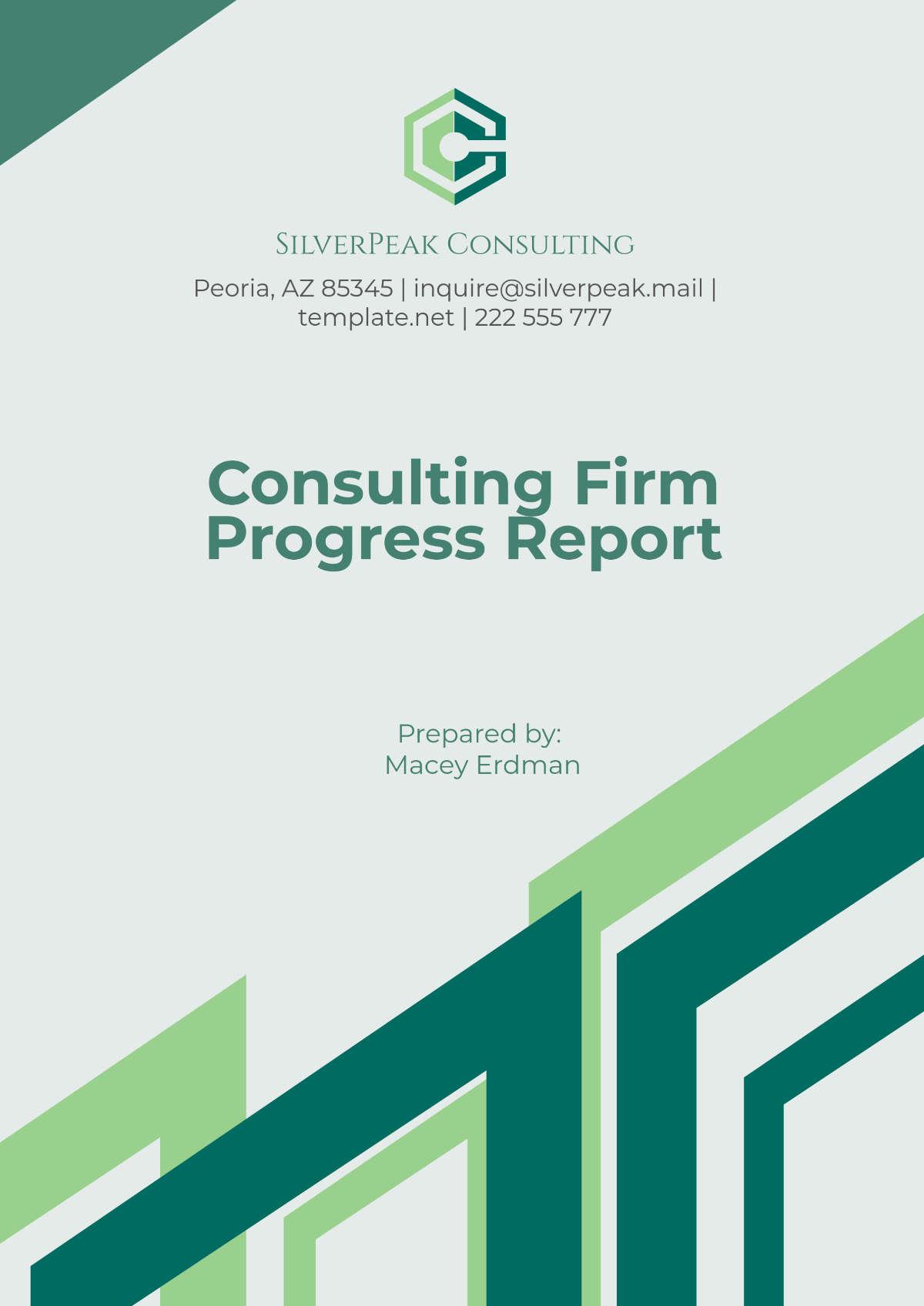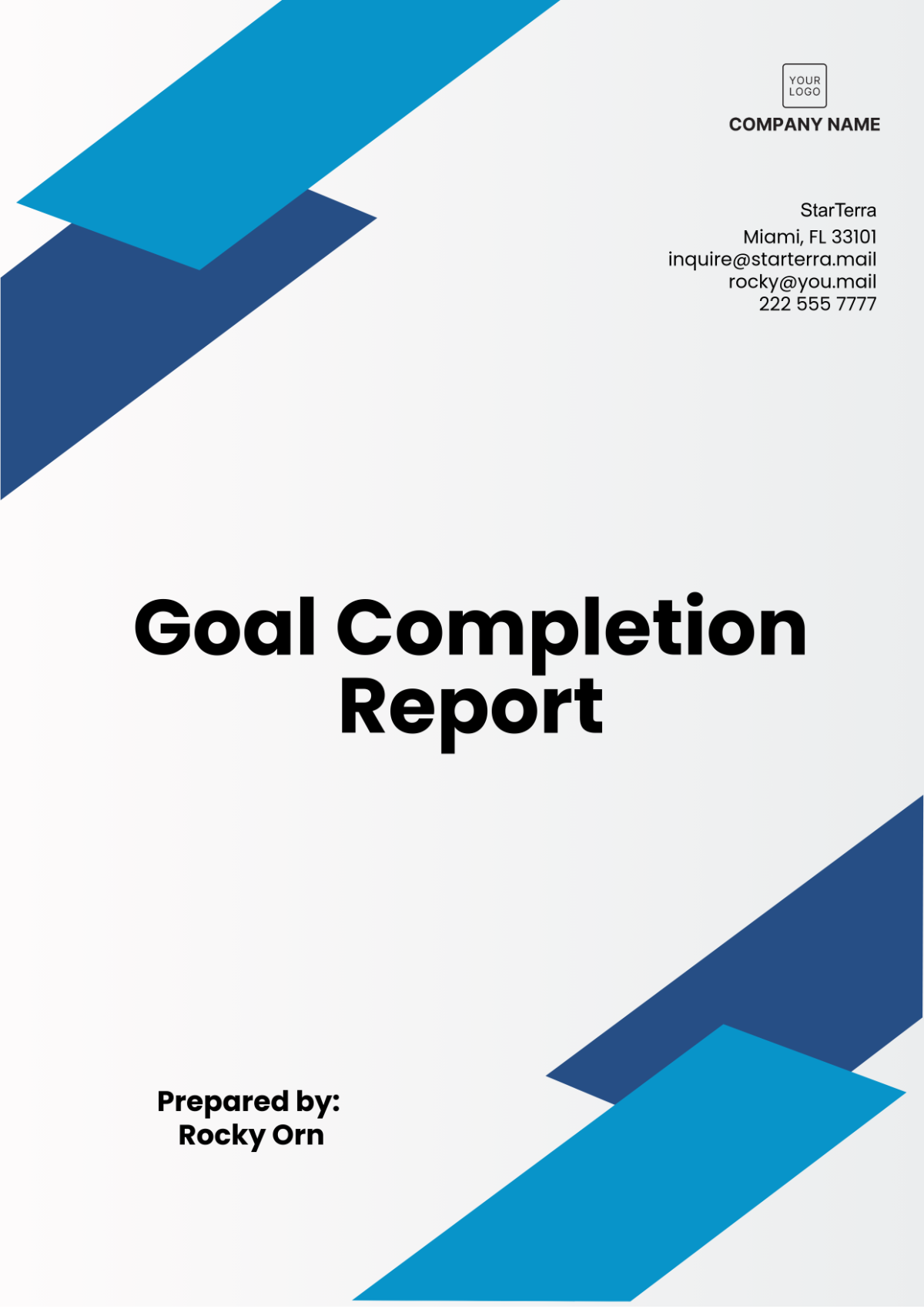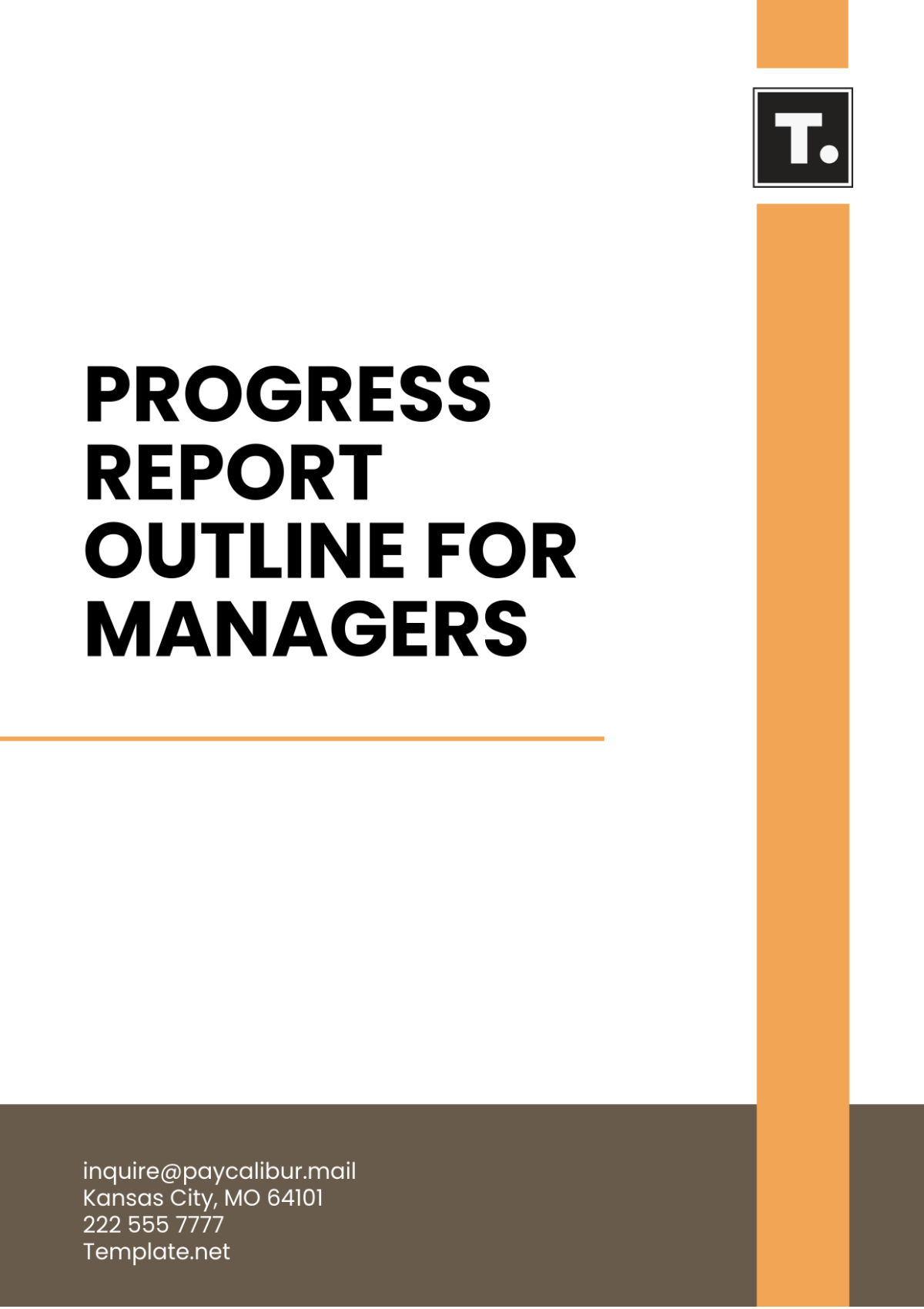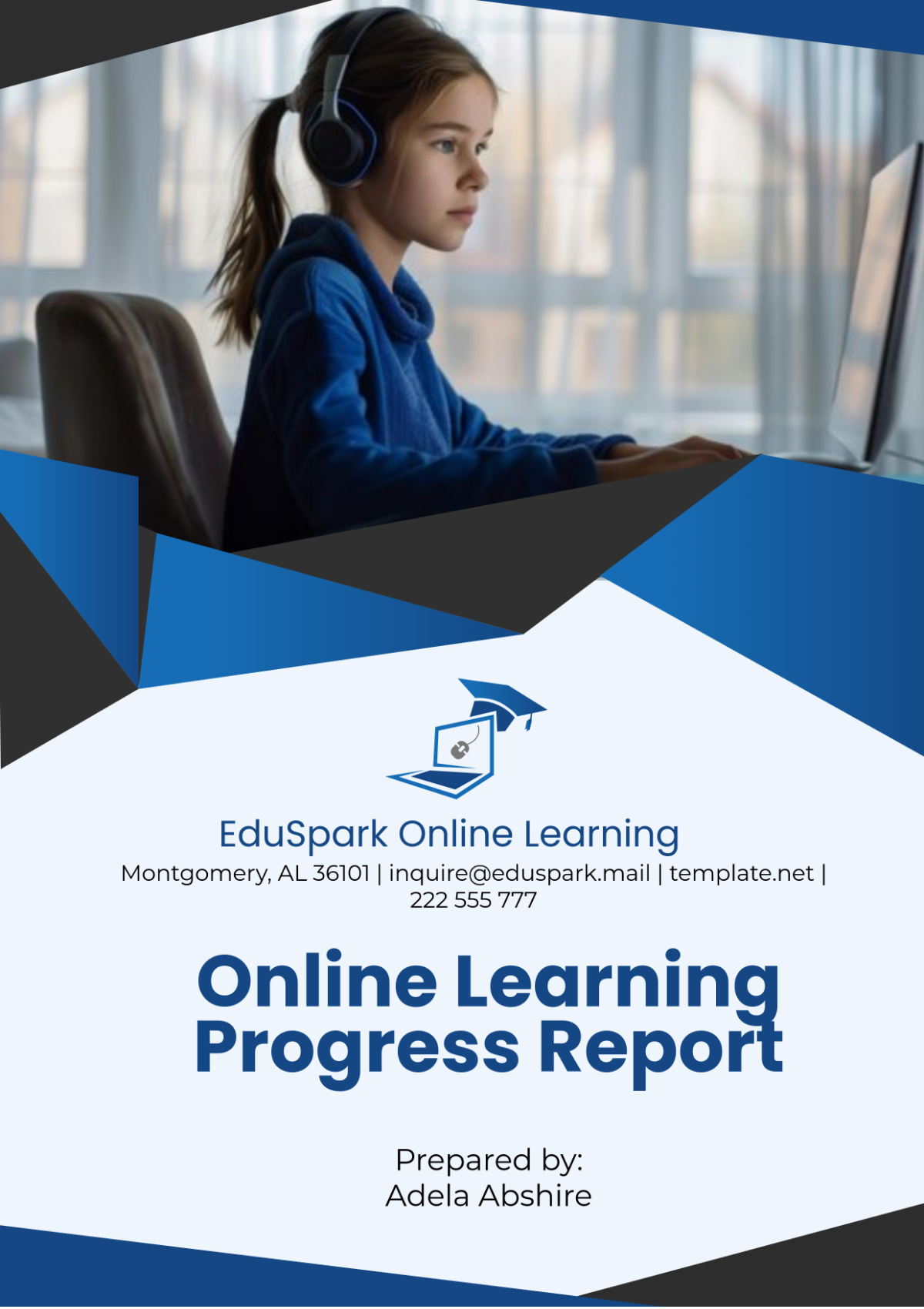Marketing Campaign Progress Report
Campaign Title: Spring Sales Promotion
Report Period: March 1, 2054 to April 30, 2054
Prepared by: [YOUR NAME]
Date: May 5, 2054
I. Executive Summary
Launched at the beginning of the quarter, the Spring Sales Promotion campaign aimed to enhance brand visibility and increase customer engagement across multiple channels. The report provides an in-depth review of the campaign's progress, highlighting key performance metrics, challenges encountered, and strategies for future optimization. Overall, the campaign has made significant strides, particularly in social media engagement and website traffic, although conversion rates fell short of initial expectations.
II. Campaign Objectives
The primary objectives of the Spring Sales Promotion campaign were designed to align with our broader marketing strategy:
Increase social media following by 25% to expand our audience and enhance brand loyalty.
Generate 30% more website traffic to increase the pool of potential customers.
Boost sales revenue by 15% to contribute to overall business growth.
Enhance brand awareness among target demographics to ensure long-term brand positioning in the market.
III. Performance Metrics
3.1 Social Media Engagement
Social media platforms play a crucial role in reaching a broader audience and encouraging interaction. The following table highlights key performance metrics since the campaign's launch:
Platform | Followers Increase | Engagement Rate | Actions Taken |
|---|---|---|---|
20% | 3.6% | Promotional posts, interactive content | |
30% | 4.5% | Stories, live sessions | |
15% | 2.9% | Polls, trending hashtags |
Analysis: The campaign achieved a 20% increase in followers on Facebook, driven by promotional posts that encouraged user interaction. Instagram saw the highest engagement rate at 4.5%, attributed to live sessions and story highlights, while Twitter's engagement lagged, suggesting the need for more compelling content.
3.2 Website Traffic
The campaign successfully drew more visitors to the website through various digital marketing strategies. Key performance indicators include:
Overall traffic increased by 28% compared to the previous quarter.
Organic search traffic rose by 35%, indicating effective SEO strategies.
The bounce rate decreased by 10%, reflecting improvements in user experience.
Analysis: The increase in organic search traffic points to successful keyword optimization, while the reduced bounce rate suggests that visitors found the content more relevant and engaging.
3.3 Sales Revenue
Sales figures demonstrated improvement with a direct correlation to the campaign activities. Key points include:
Sales increased by 12% over the previous quarter.
Customer acquisition costs decreased by 5%, enhancing profitability.
Loyalty program sign-ups rose by 18%, indicating successful engagement efforts.
Analysis: The rise in sales and the decrease in acquisition costs are promising indicators of the campaign's effectiveness, although the sales growth fell short of the 15% target.
IV. Challenges and Adjustments
4.1 Challenges Faced
Despite significant progress, the campaign encountered several challenges that required immediate attention:
Ad fatigue among the target audience led to declining engagement rates.
Unexpected technical issues impacted campaign tracking, making it difficult to measure performance accurately.
Budget constraints limited flexibility in ad spend, restricting the ability to amplify high-performing ads.
4.2 Strategic Adjustments
In response to these challenges, the following adjustments were implemented:
Diversification of ad formats was introduced to refresh audience interest and combat ad fatigue.
Collaboration with IT to resolve technical tracking issues, ensuring accurate measurement of campaign performance moving forward.
Reallocation of budgets towards higher ROI platforms based on real-time performance data, allowing for more effective resource utilization.
V. Future Strategies
5.1 Enhancing Content Quality
Future efforts will focus on producing high-quality, engaging content that resonates with our target audience. This involves:
Developing personalized content leveraging data insights to tailor messaging effectively.
Utilizing more video content to enhance engagement, as video has proven to attract higher interaction rates.
Conducting regular content audits to ensure alignment with current trends and audience preferences.
5.2 Expanding Digital Presence
There will be a concerted effort to broaden digital reach by exploring additional channels and leveraging emerging platforms:
Exploration of TikTok to engage younger demographics, capitalizing on its growing popularity.
Implementation of SEO strategies for niche content to capture more specific audience segments.
Enhanced collaboration with influencers to reach new audiences and increase brand credibility.
VI. Conclusion
The campaign has made significant strides toward achieving its objectives, particularly in social media engagement and website traffic growth. Continued evaluation and strategic adjustments are essential to fully realize its potential and address the challenges encountered. Implementing enhanced content strategies and expanding our digital presence will be the cornerstone of our future efforts, ensuring that the campaign remains dynamic and effective in achieving our goals.

